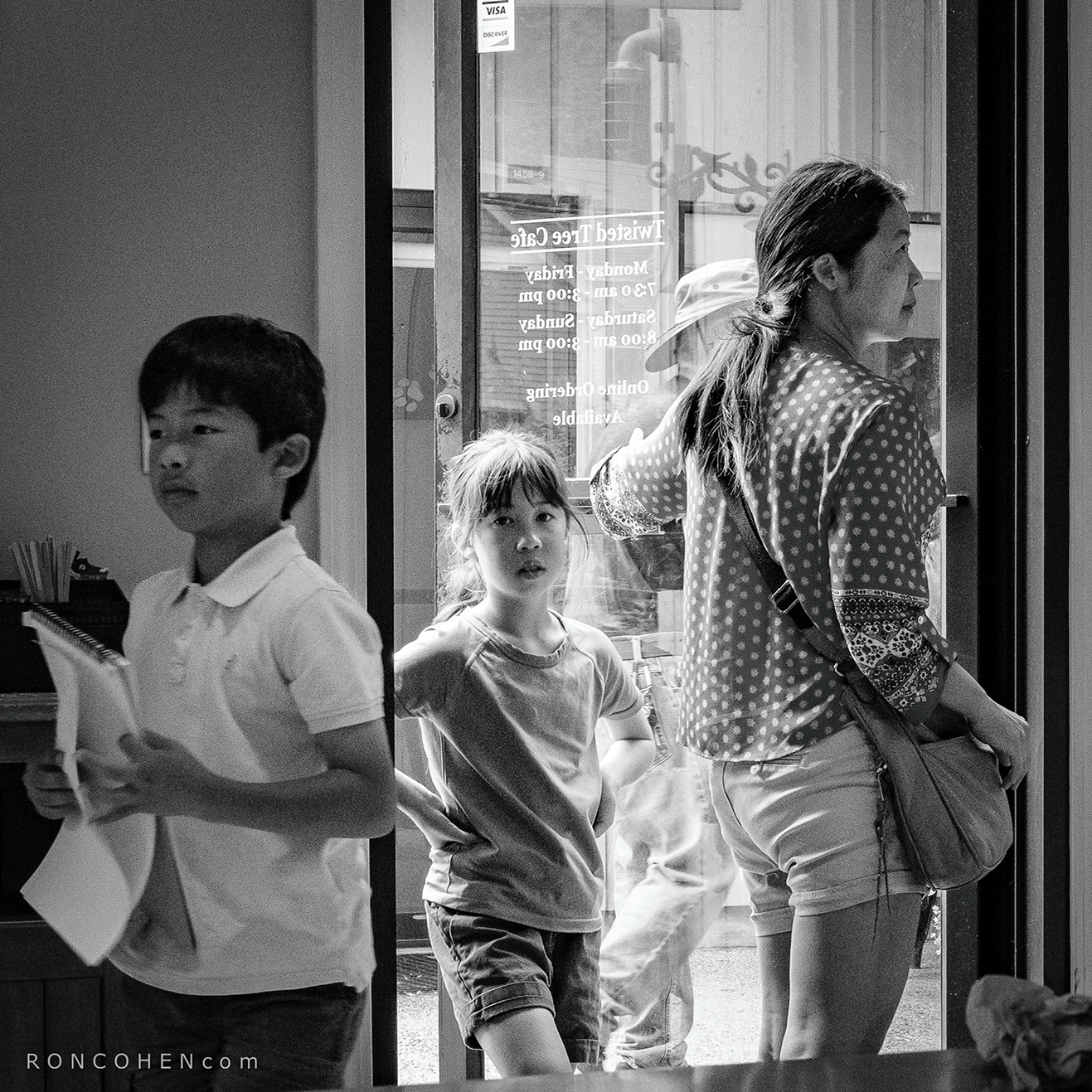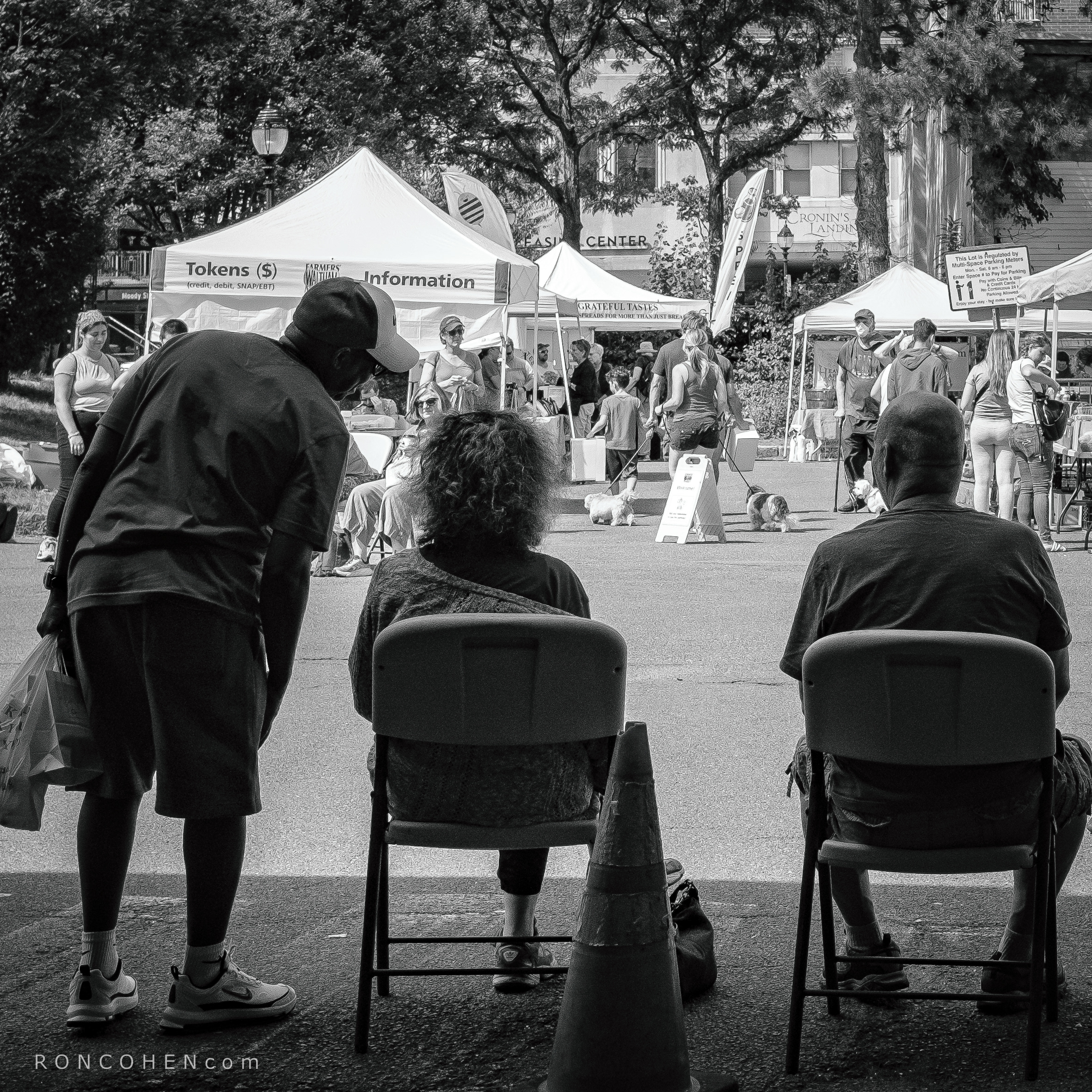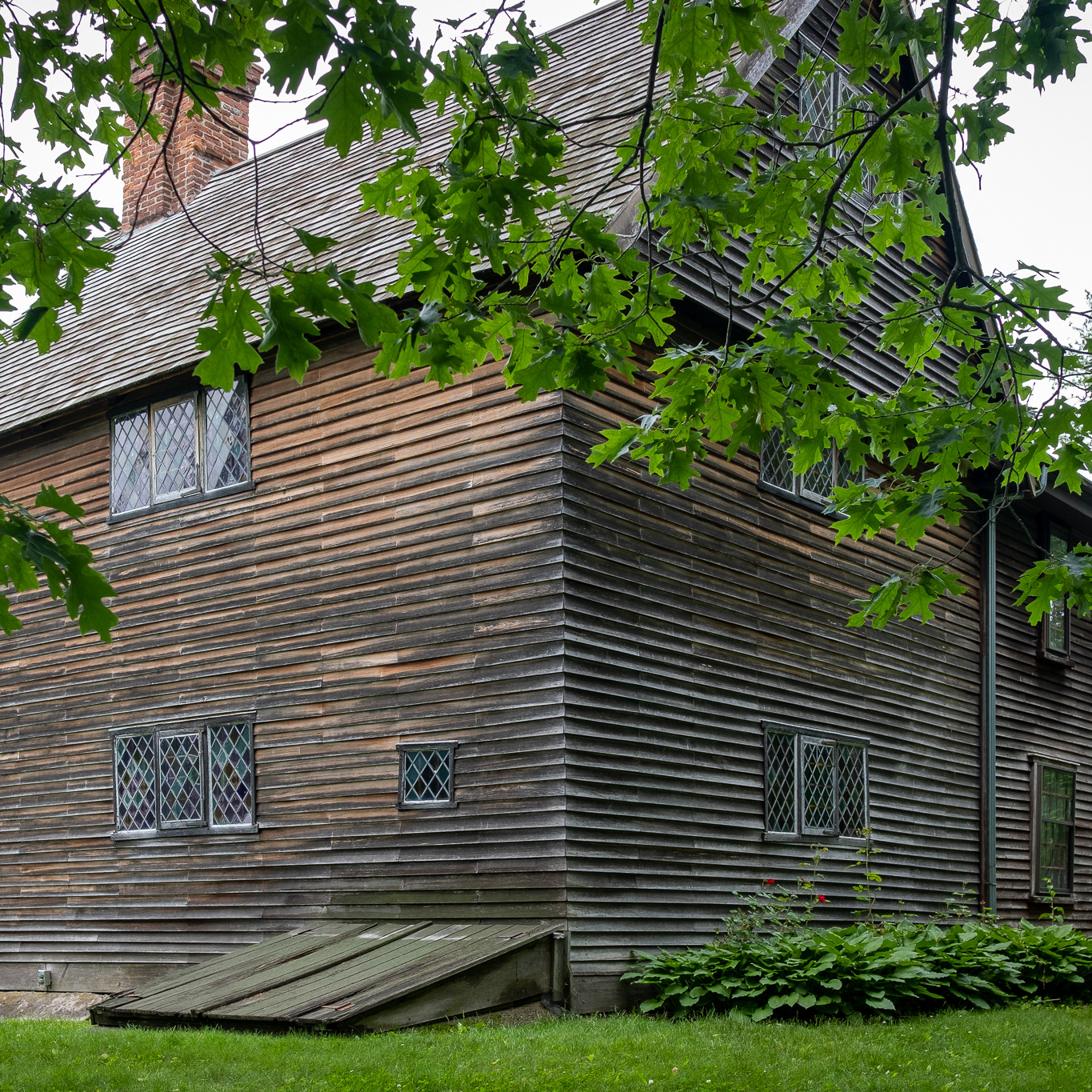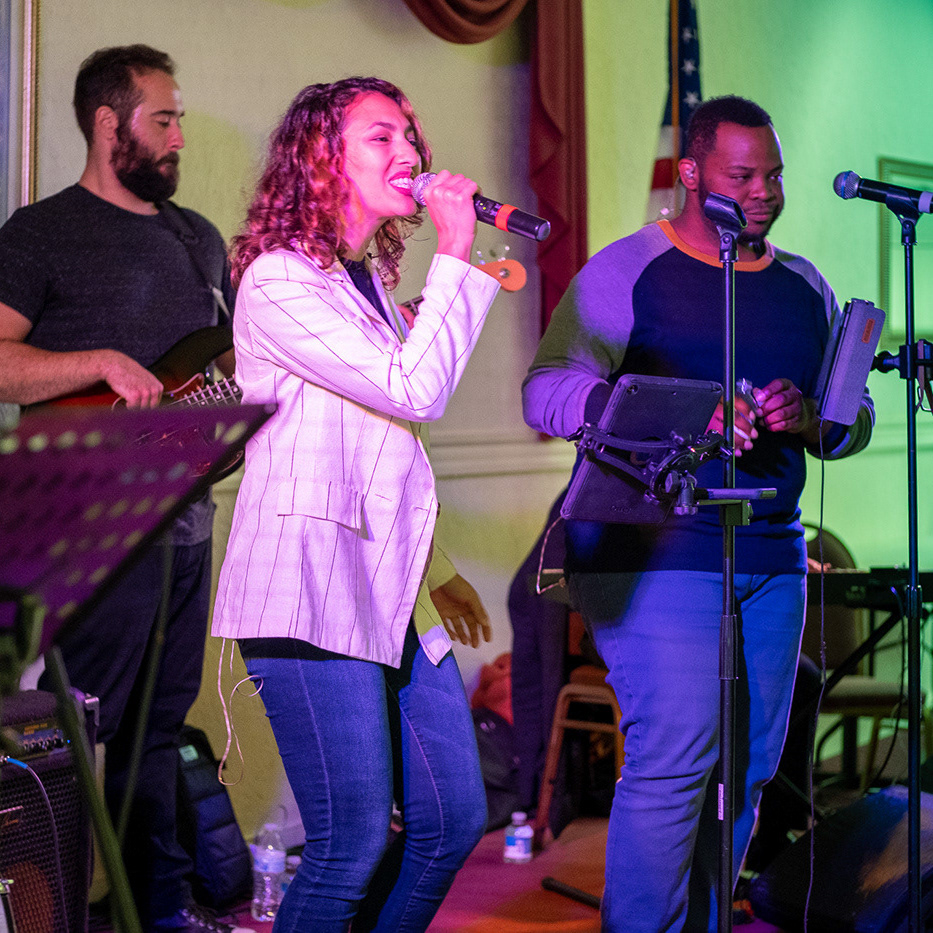⬇︎Click on any photo, below, to open slide show. Use keyboard arrows or swipe to view slides.
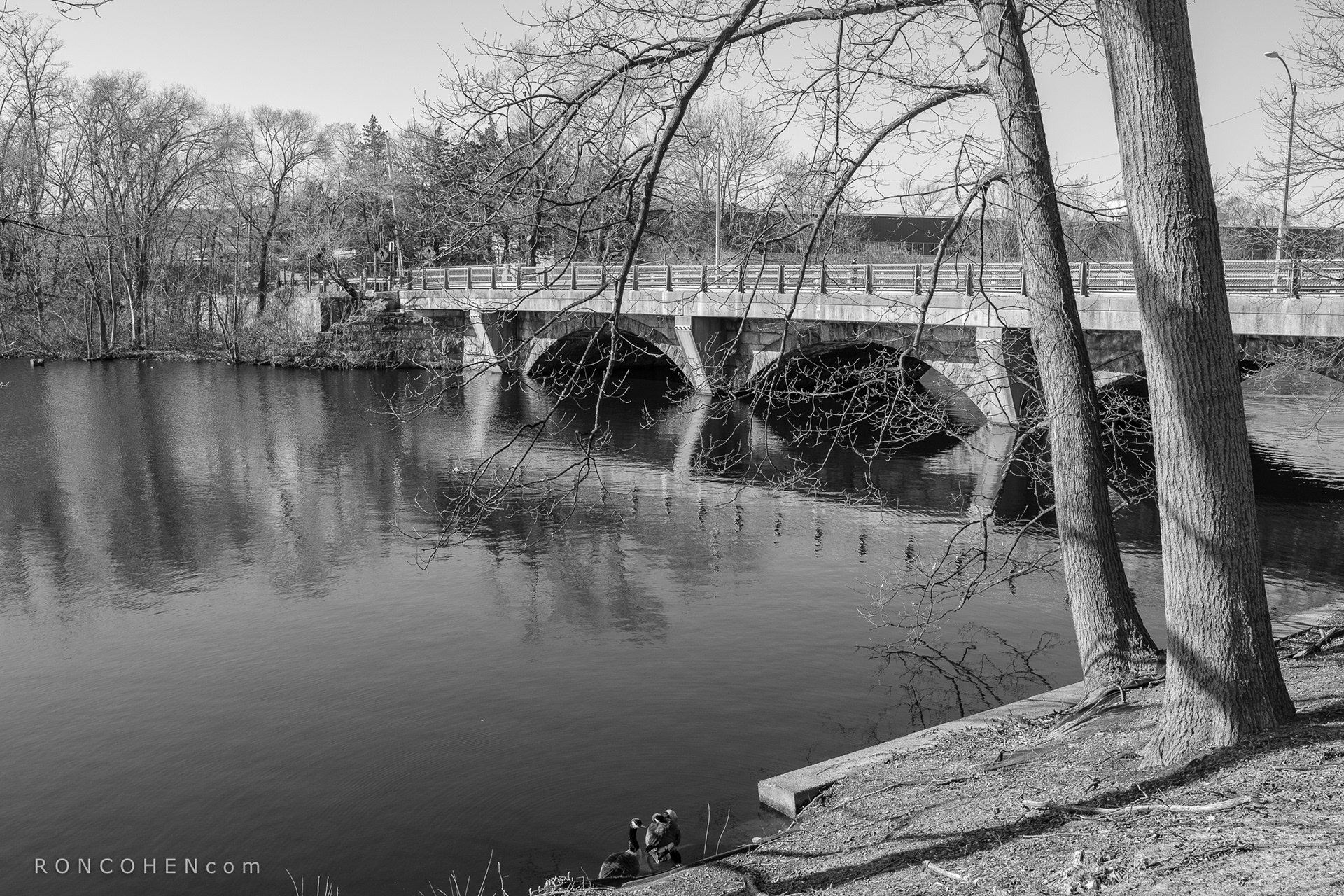
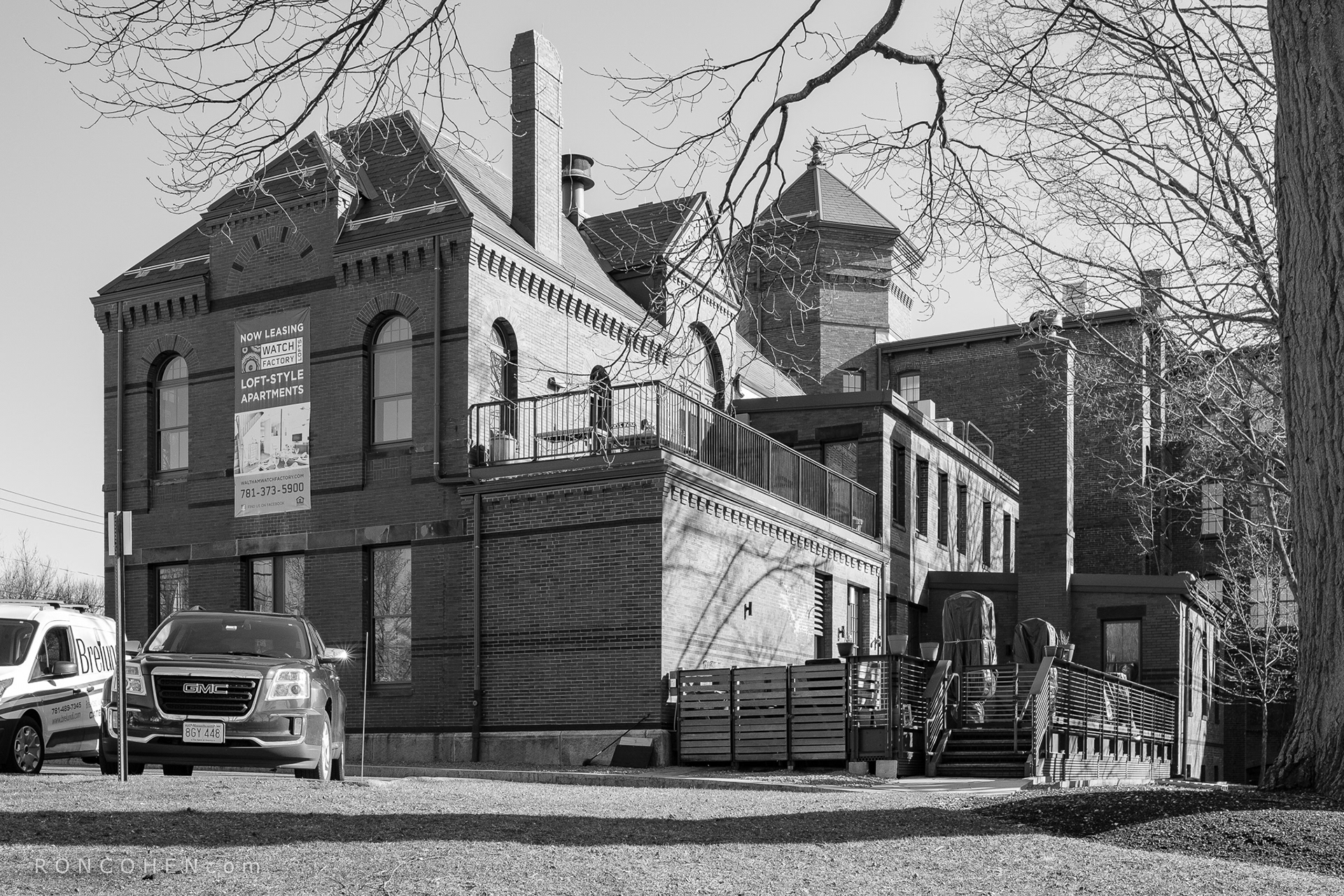
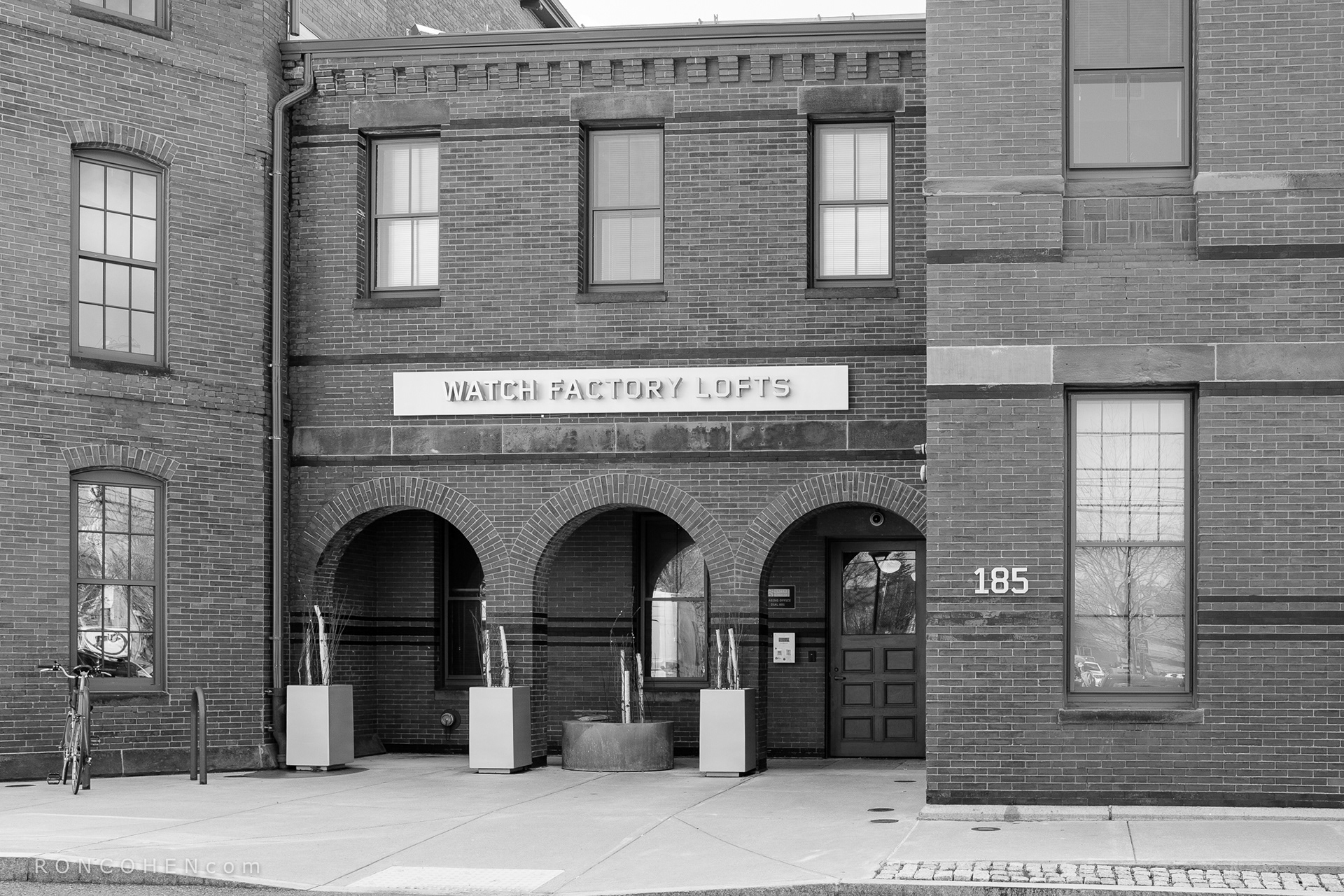

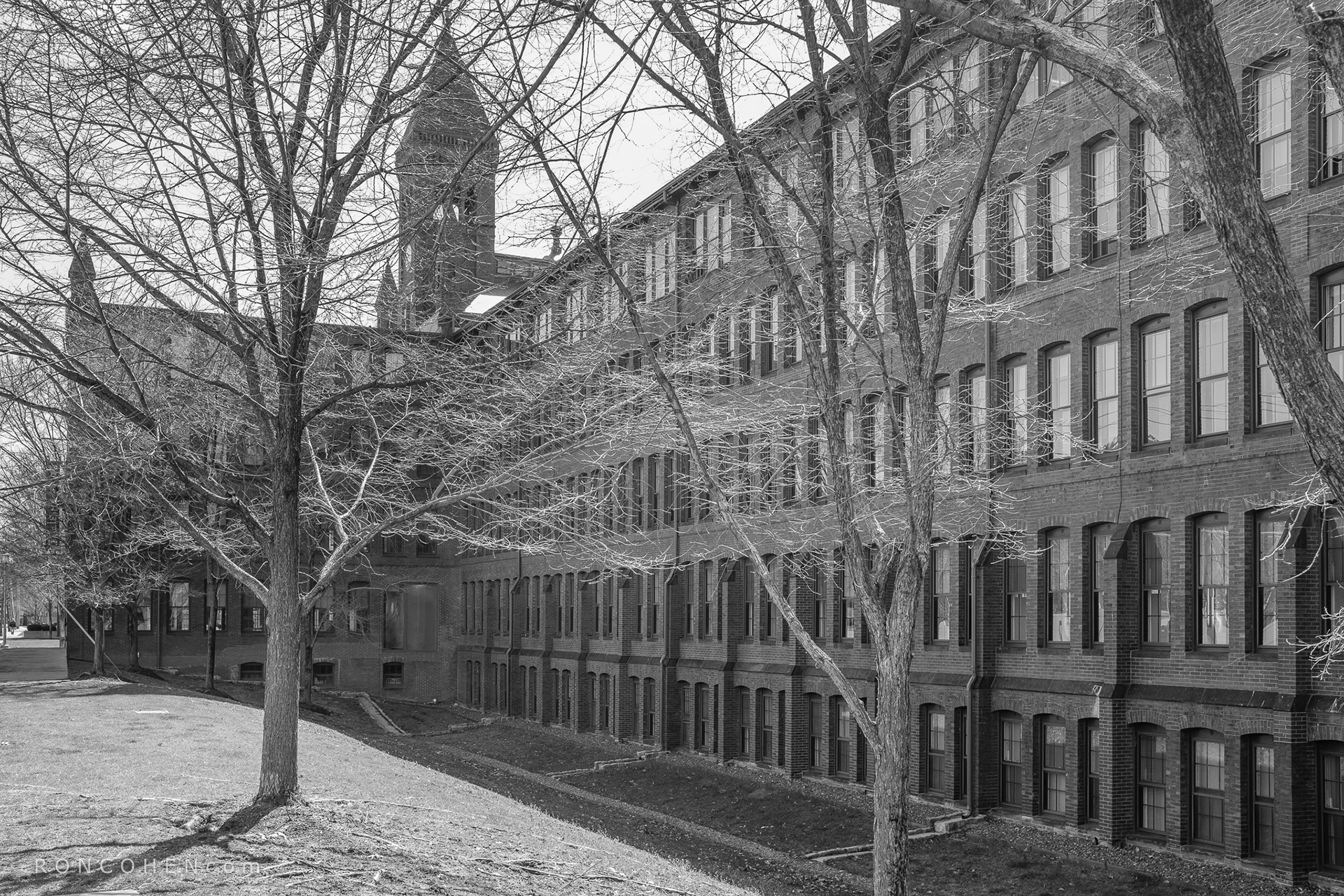
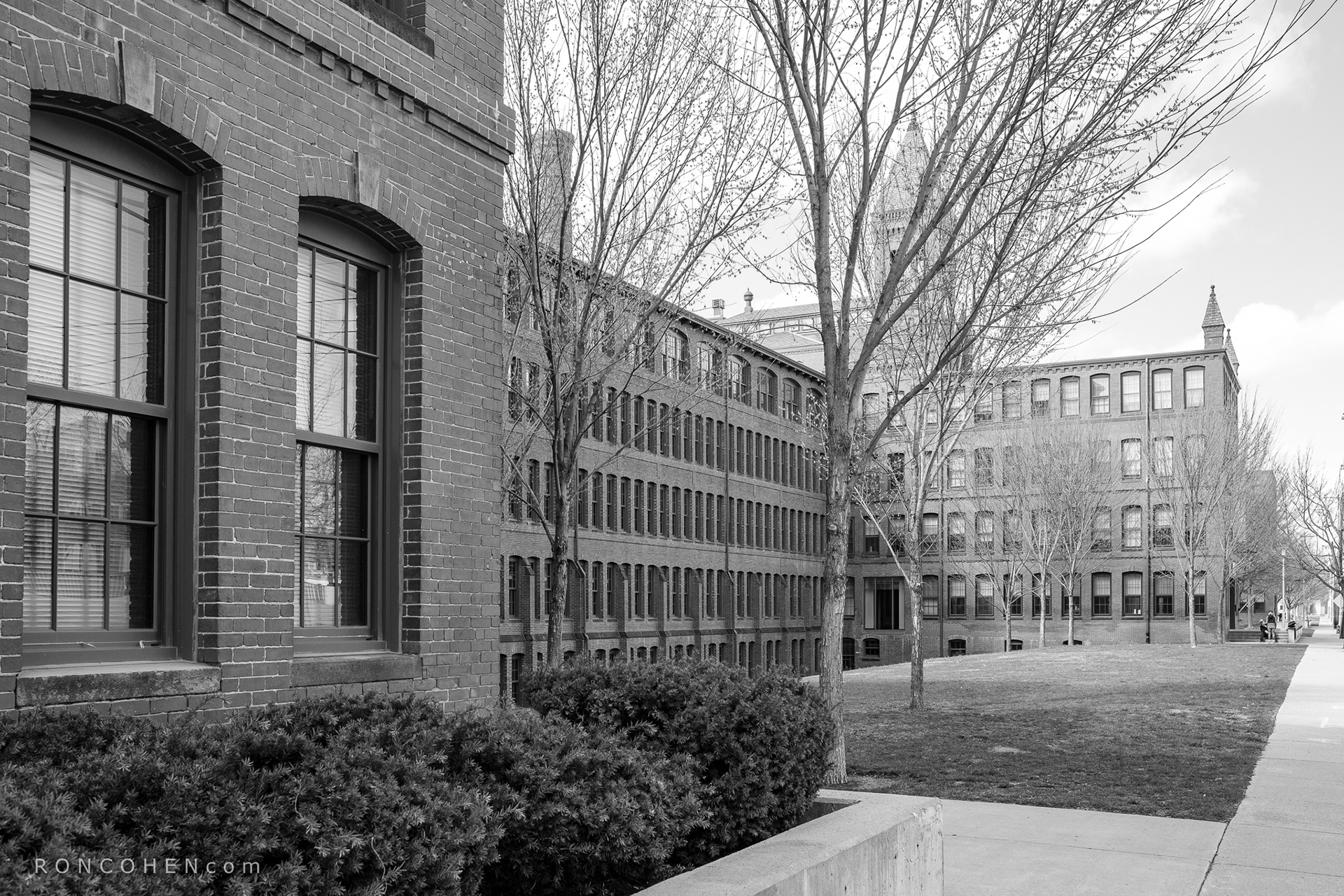


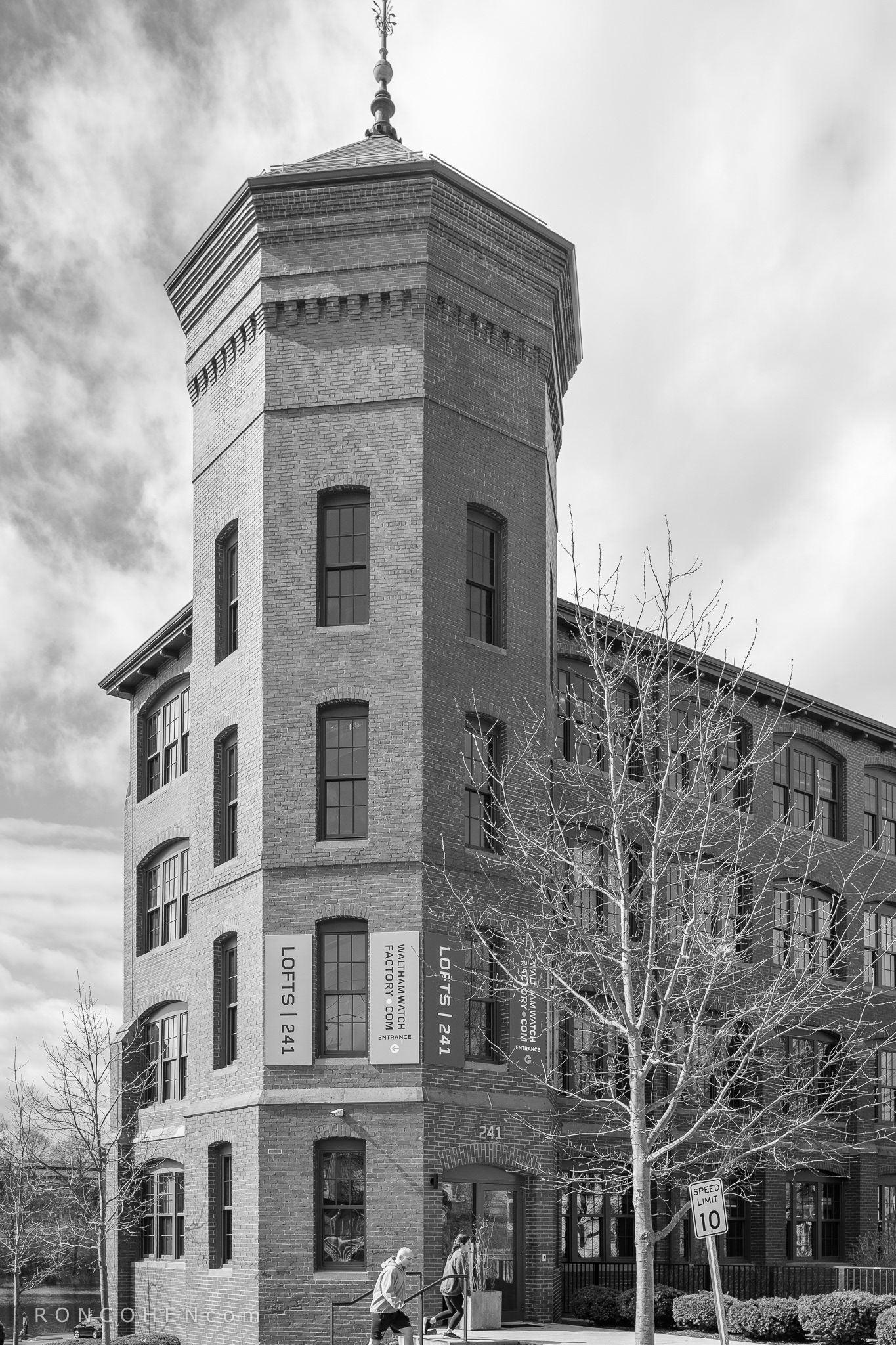

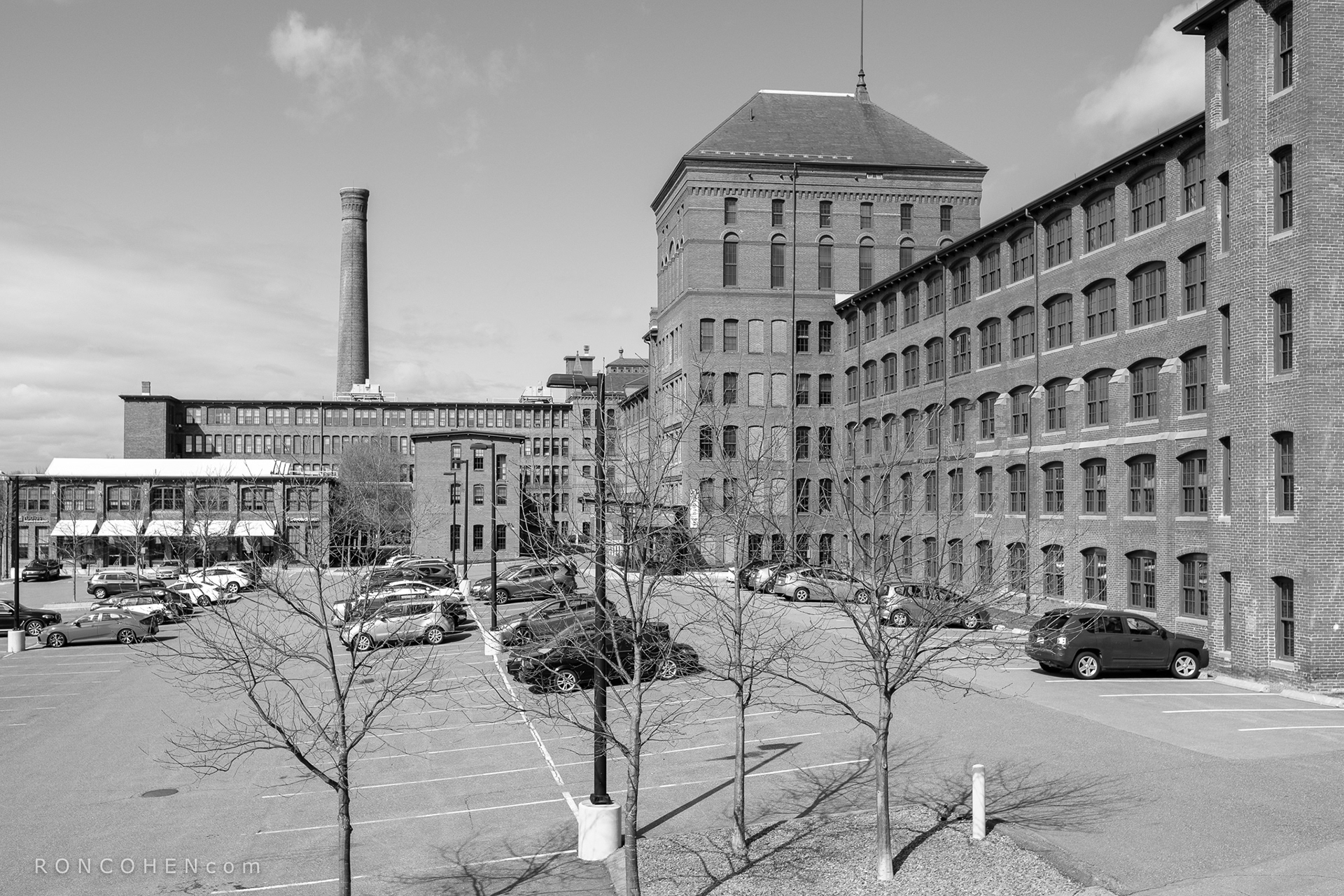

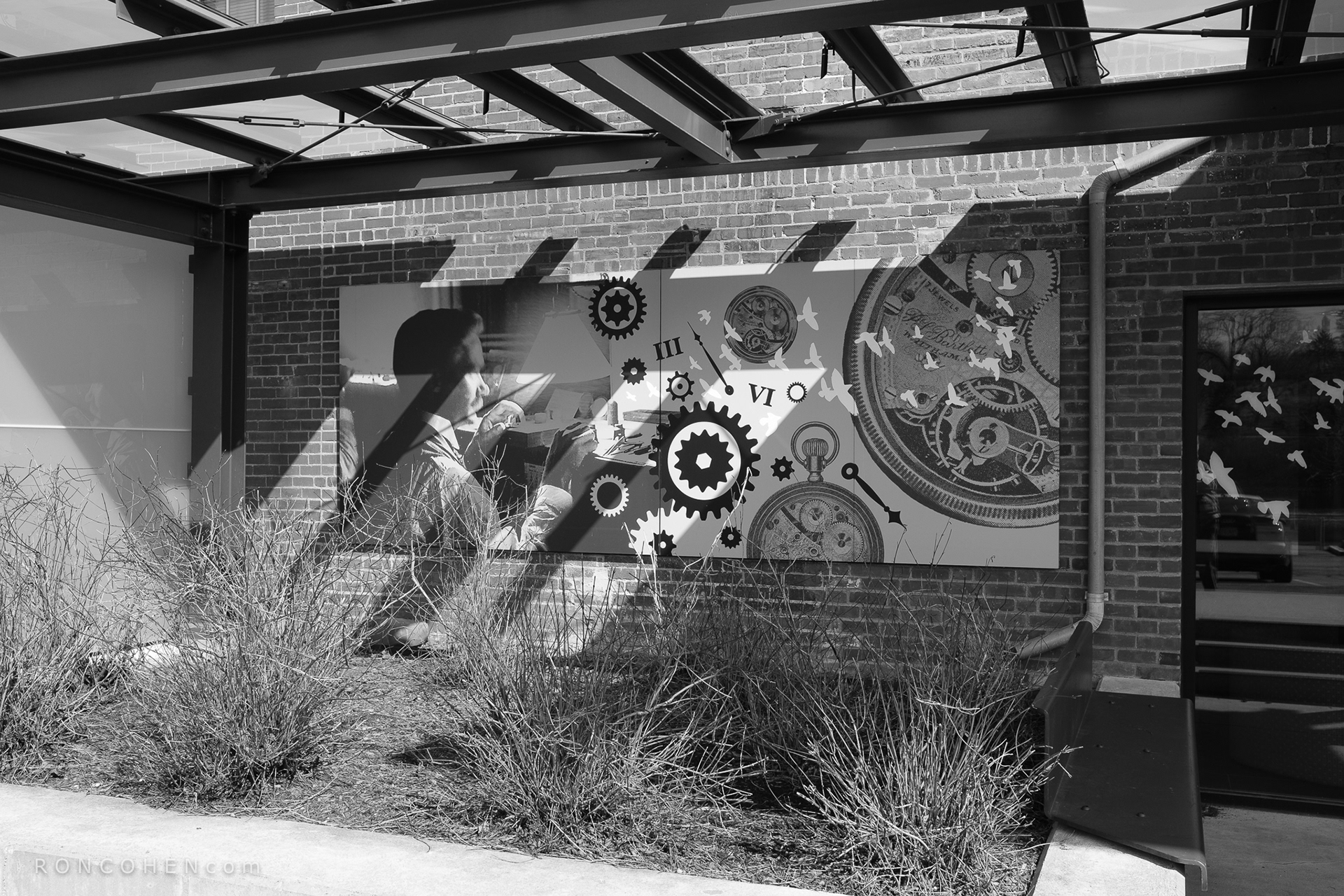
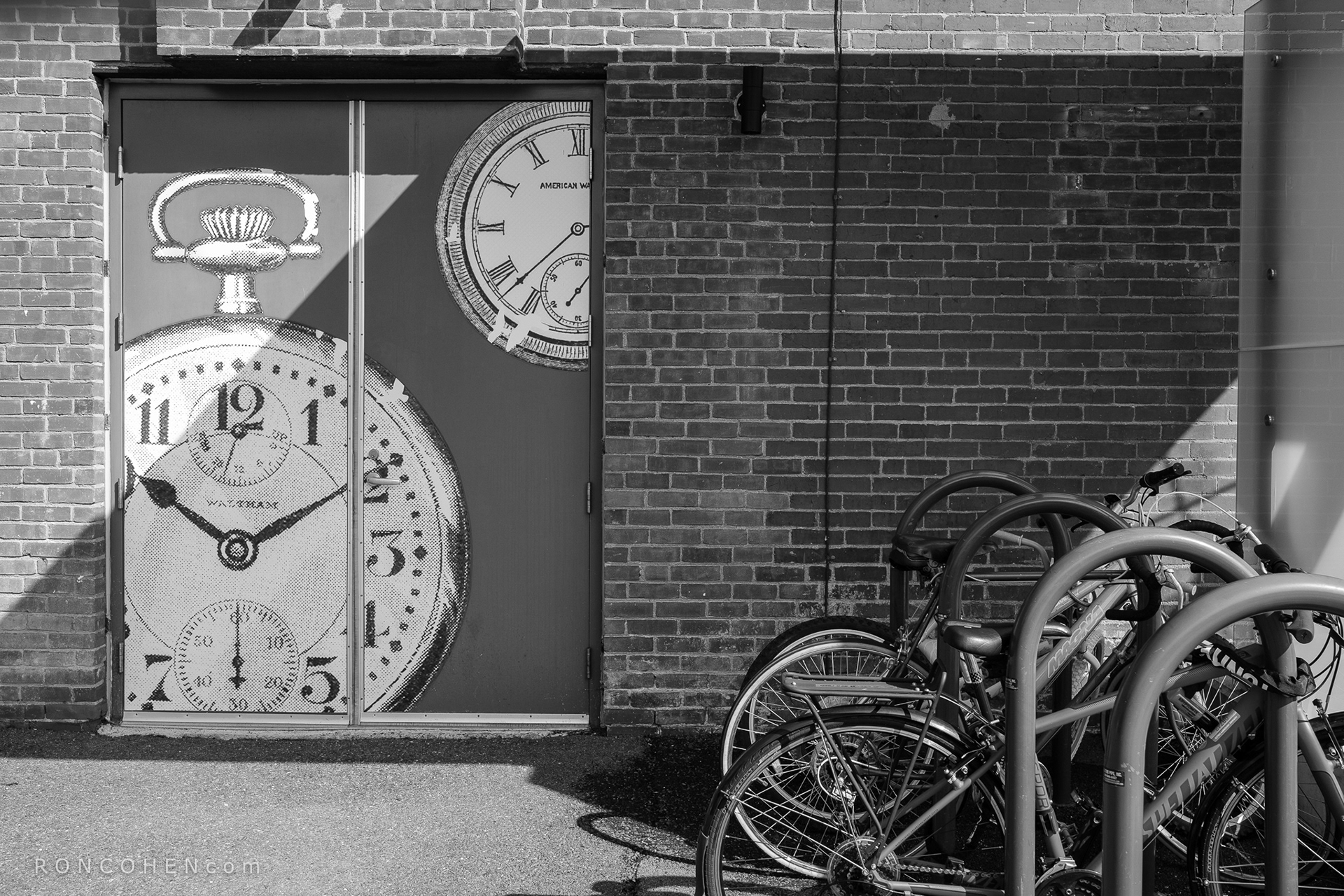

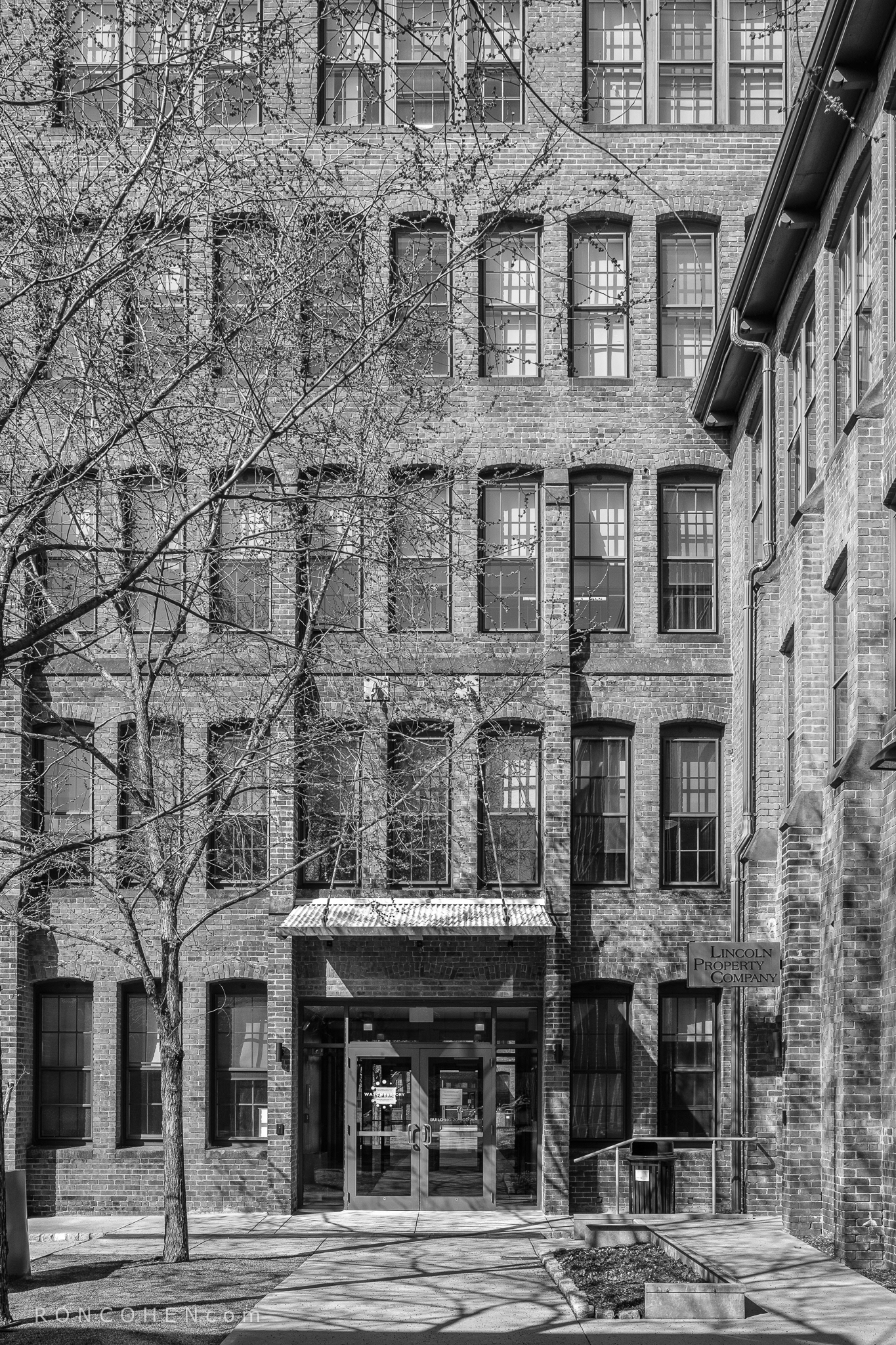
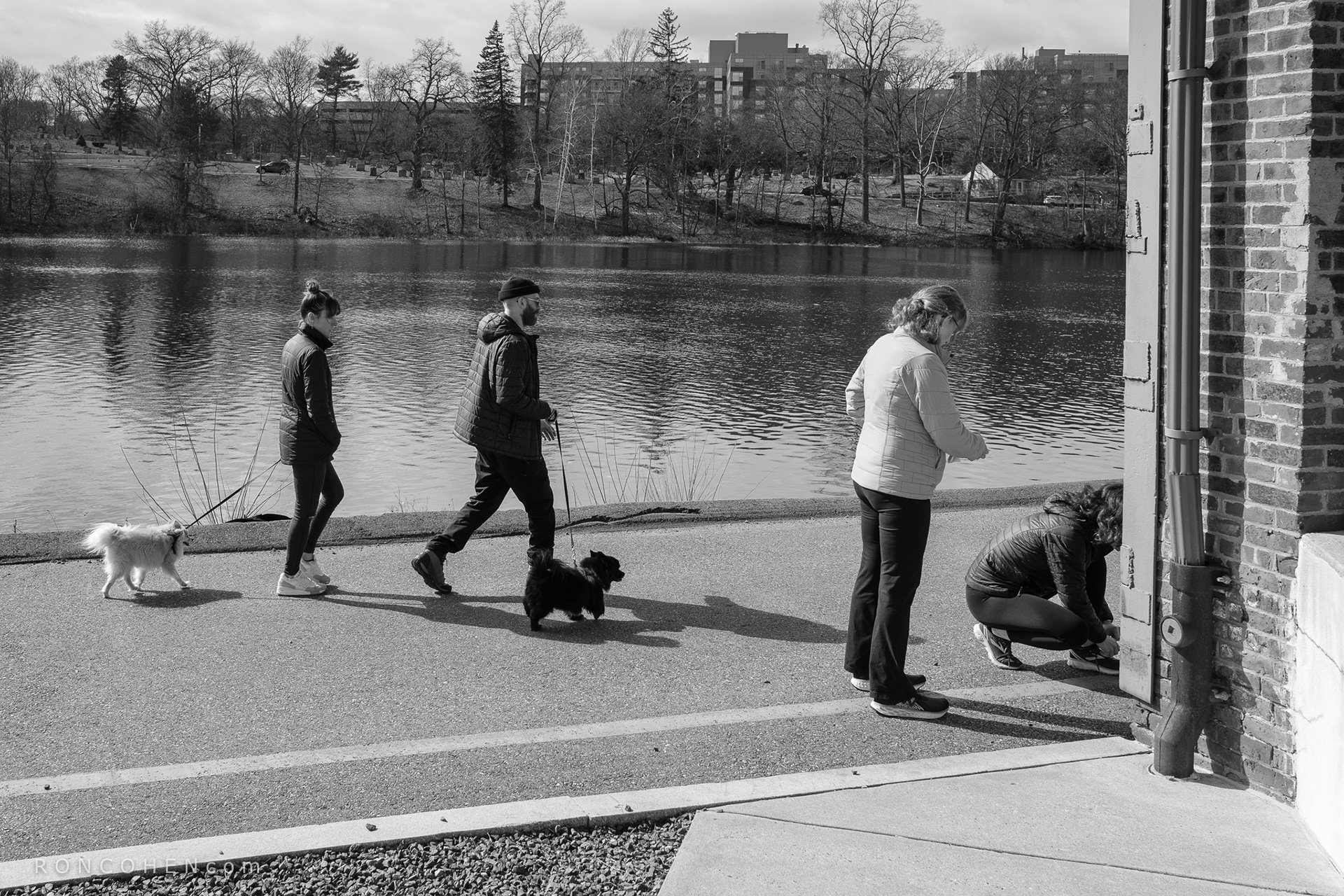




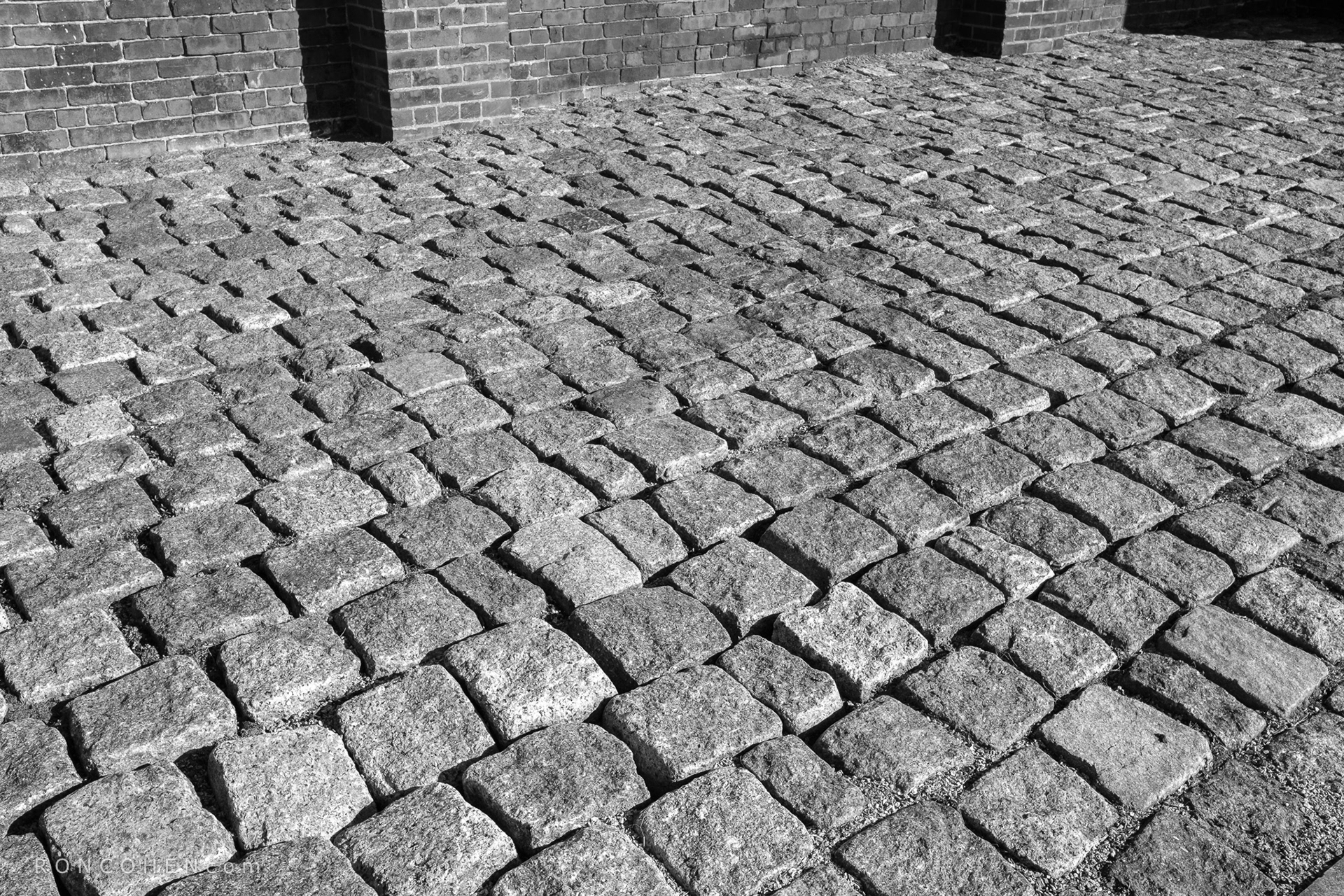
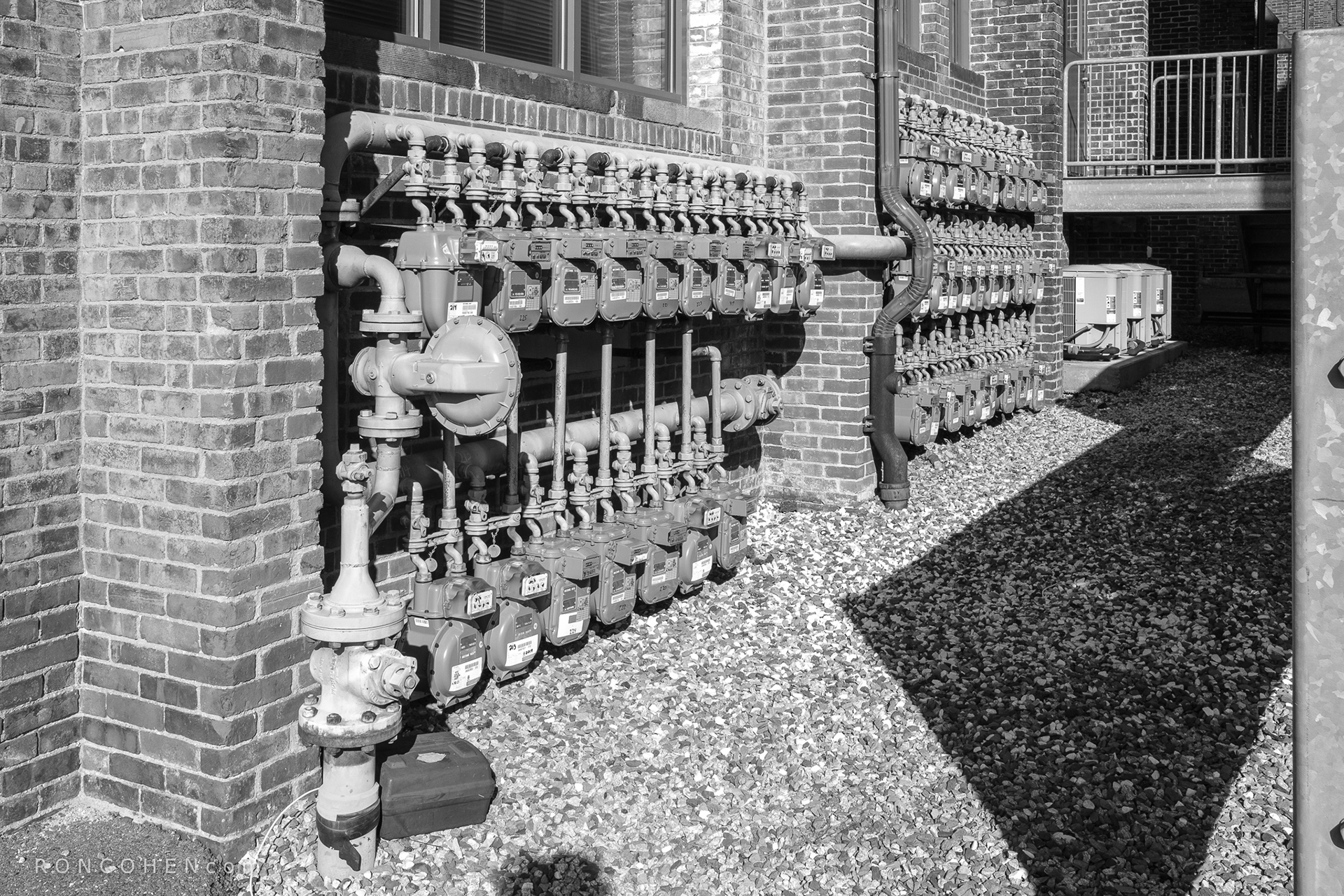
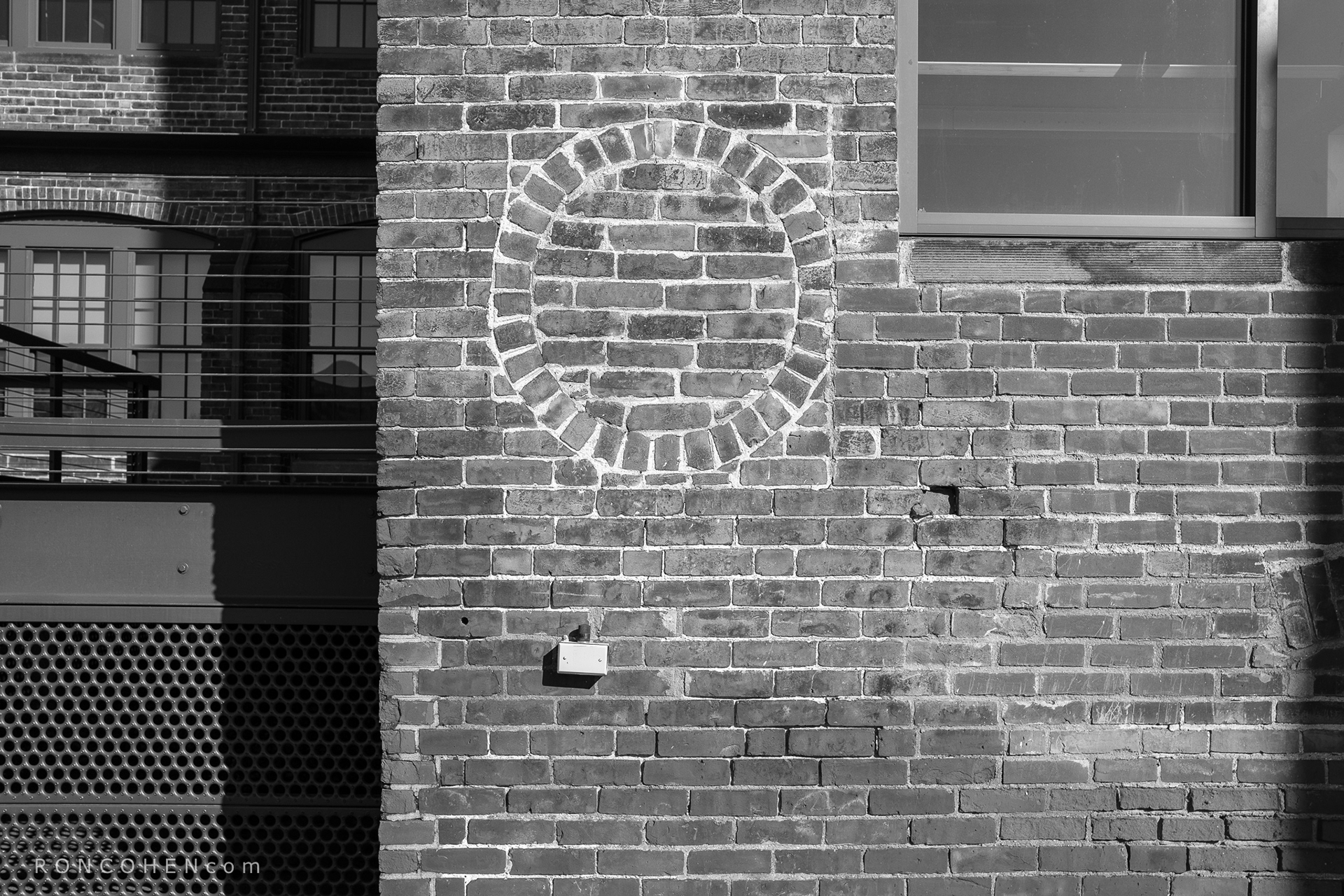
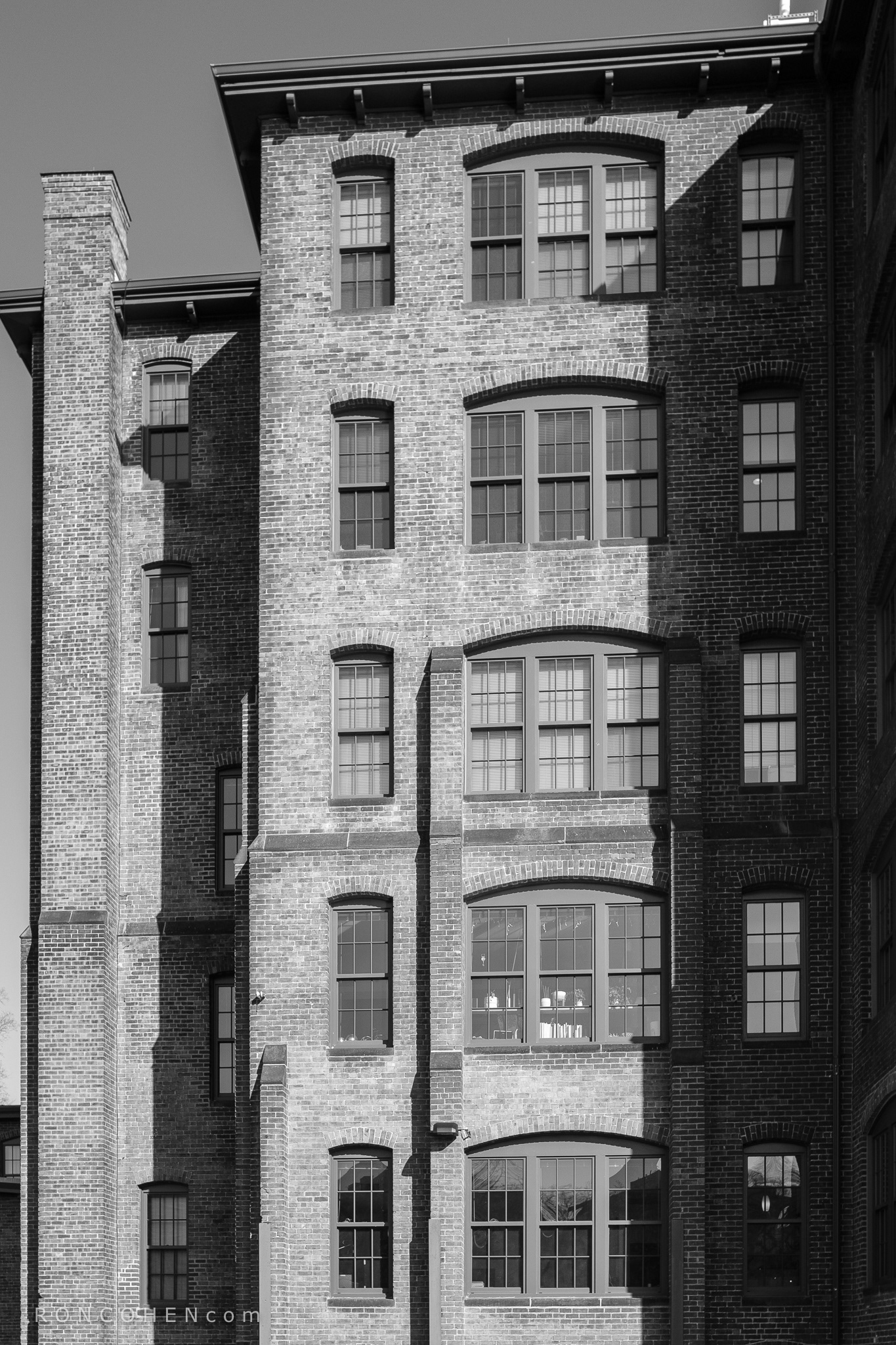
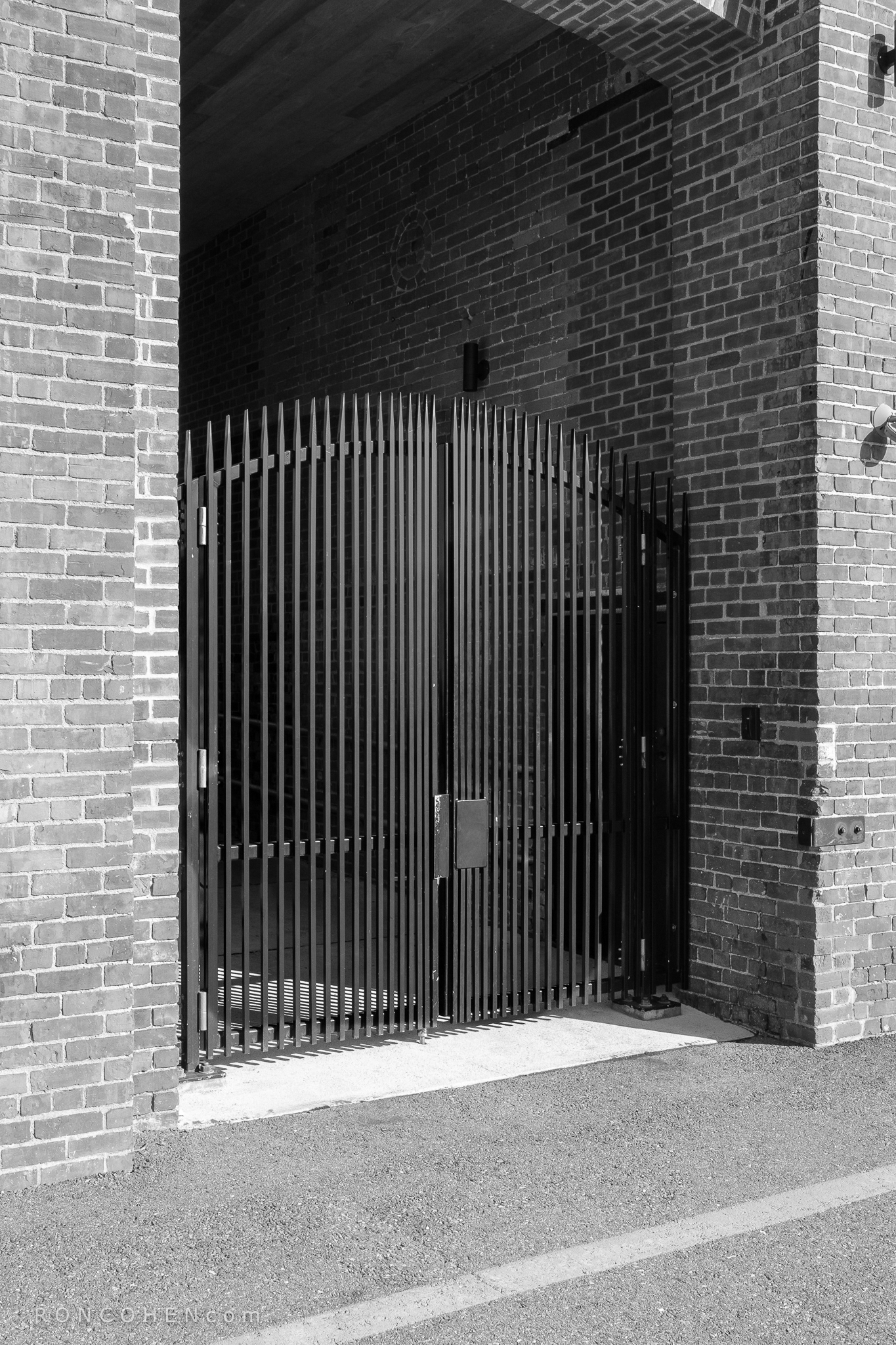
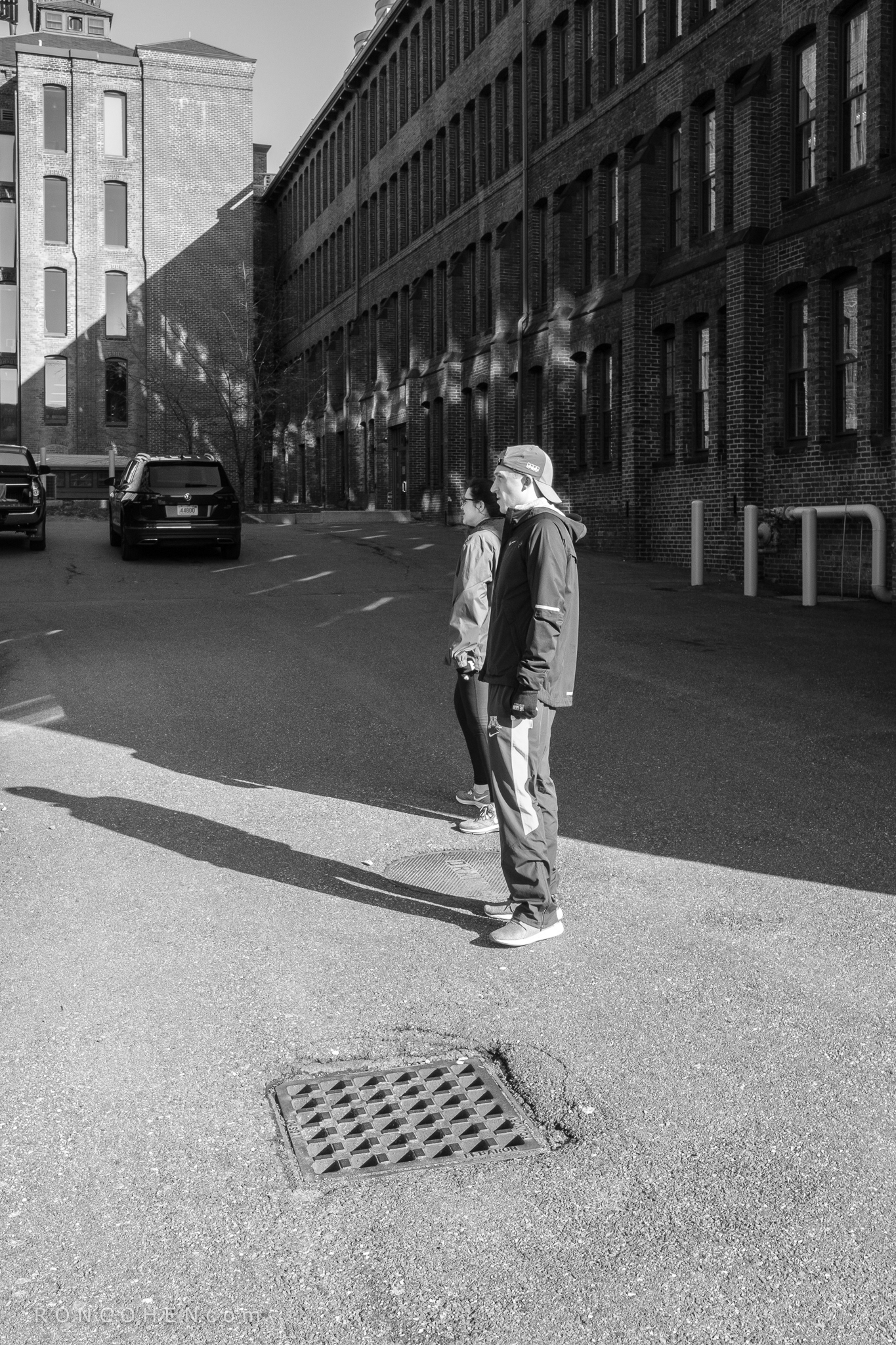
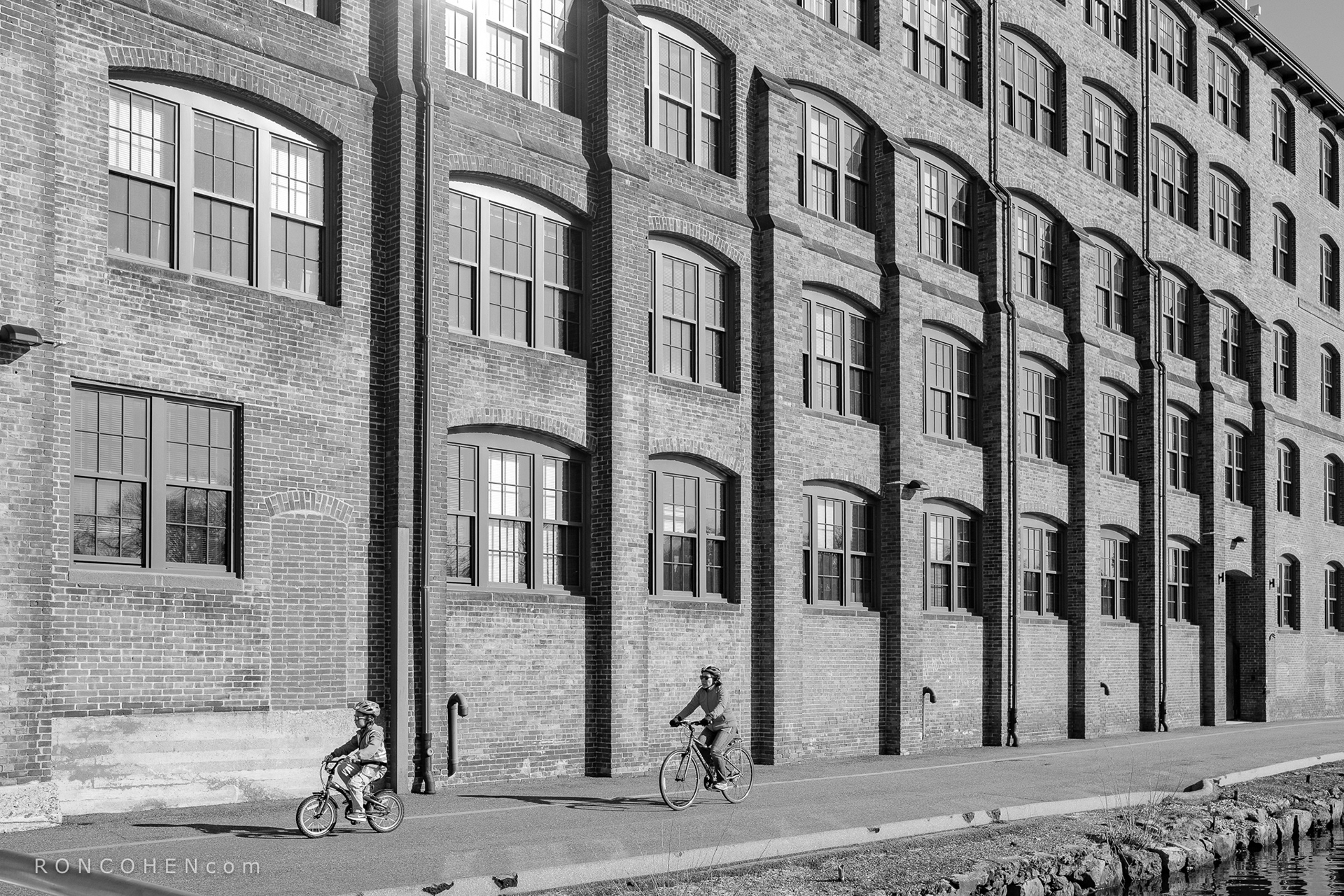

⬆︎ First Visit — Afternoon ⬇︎ Second Visit — Morning
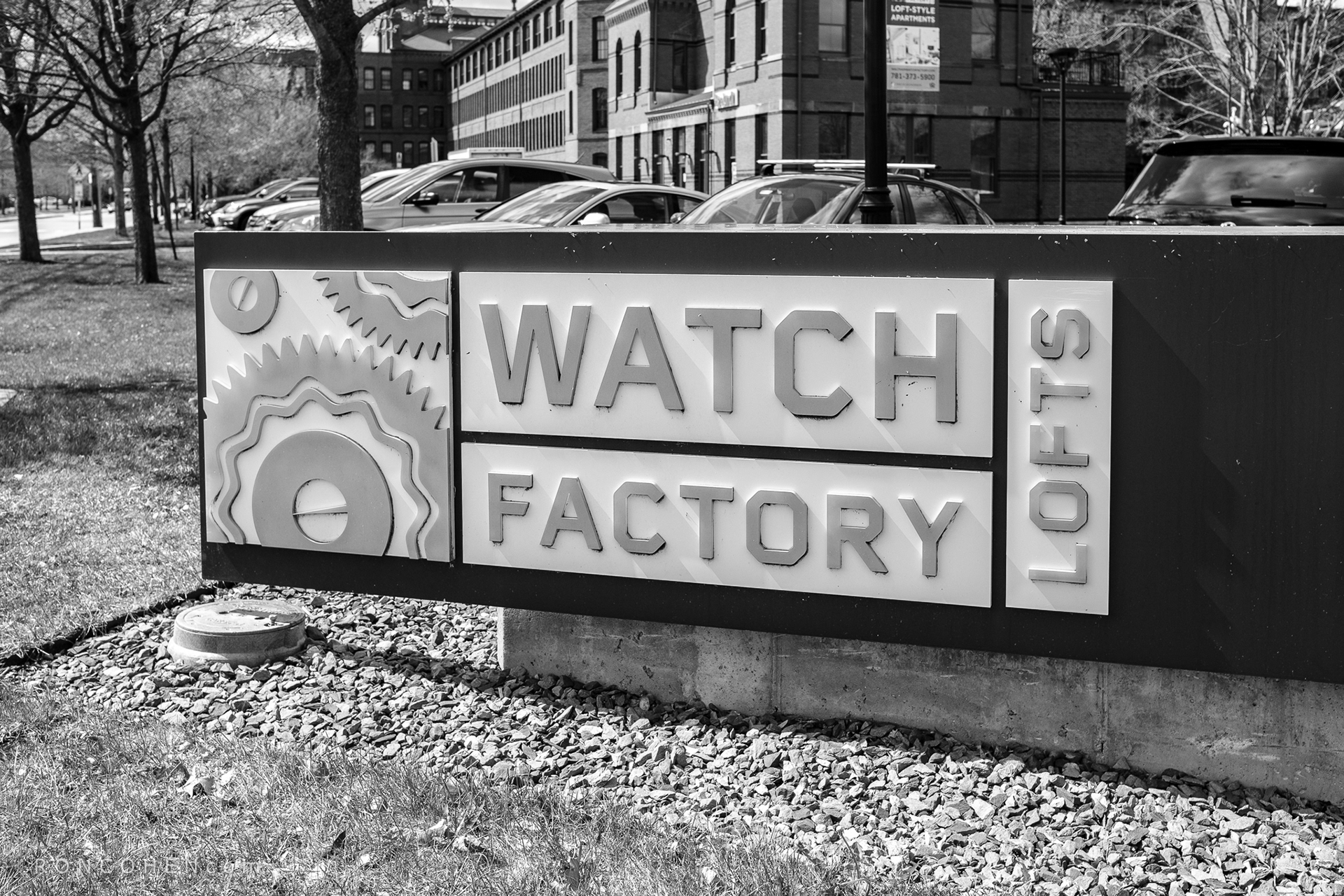
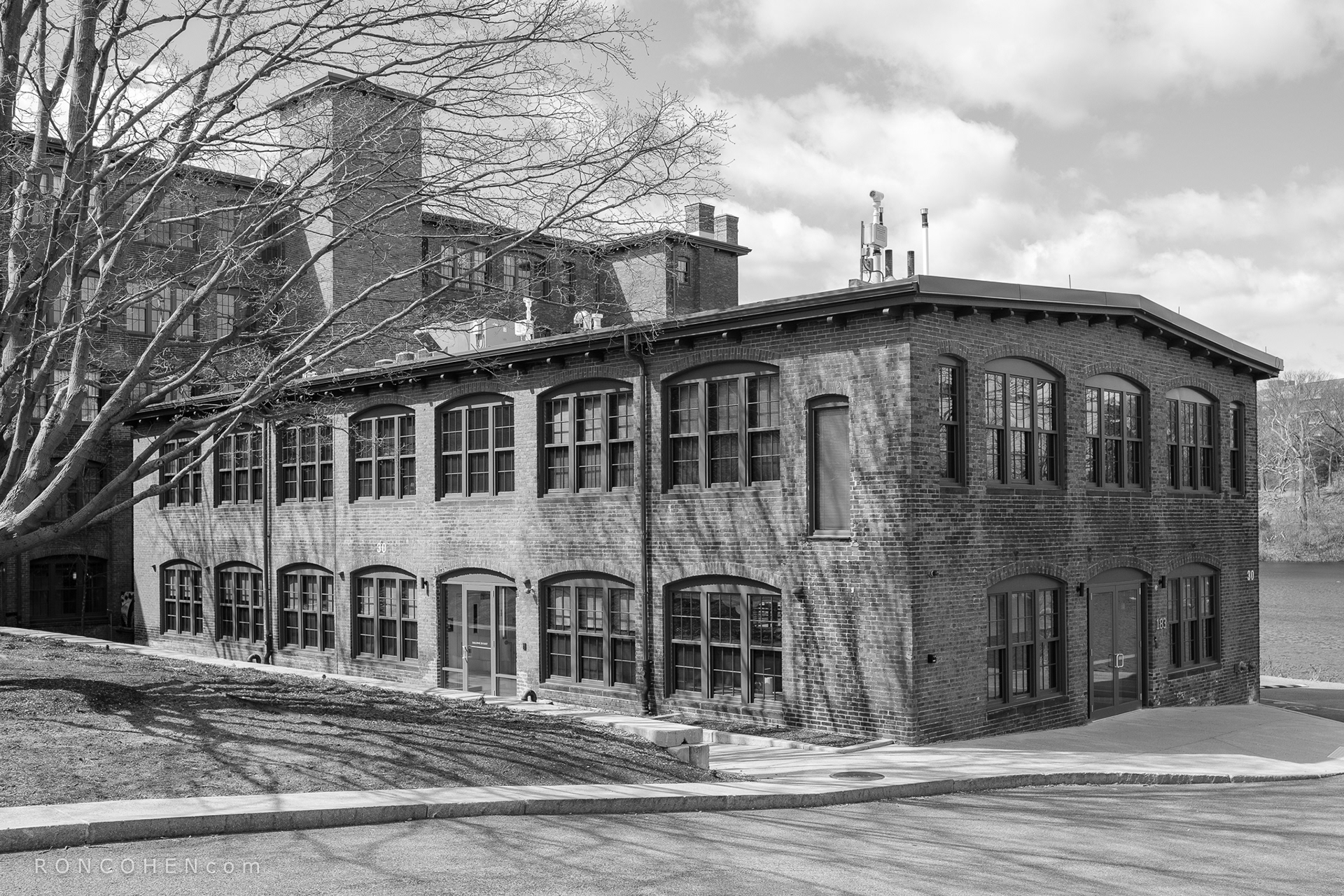
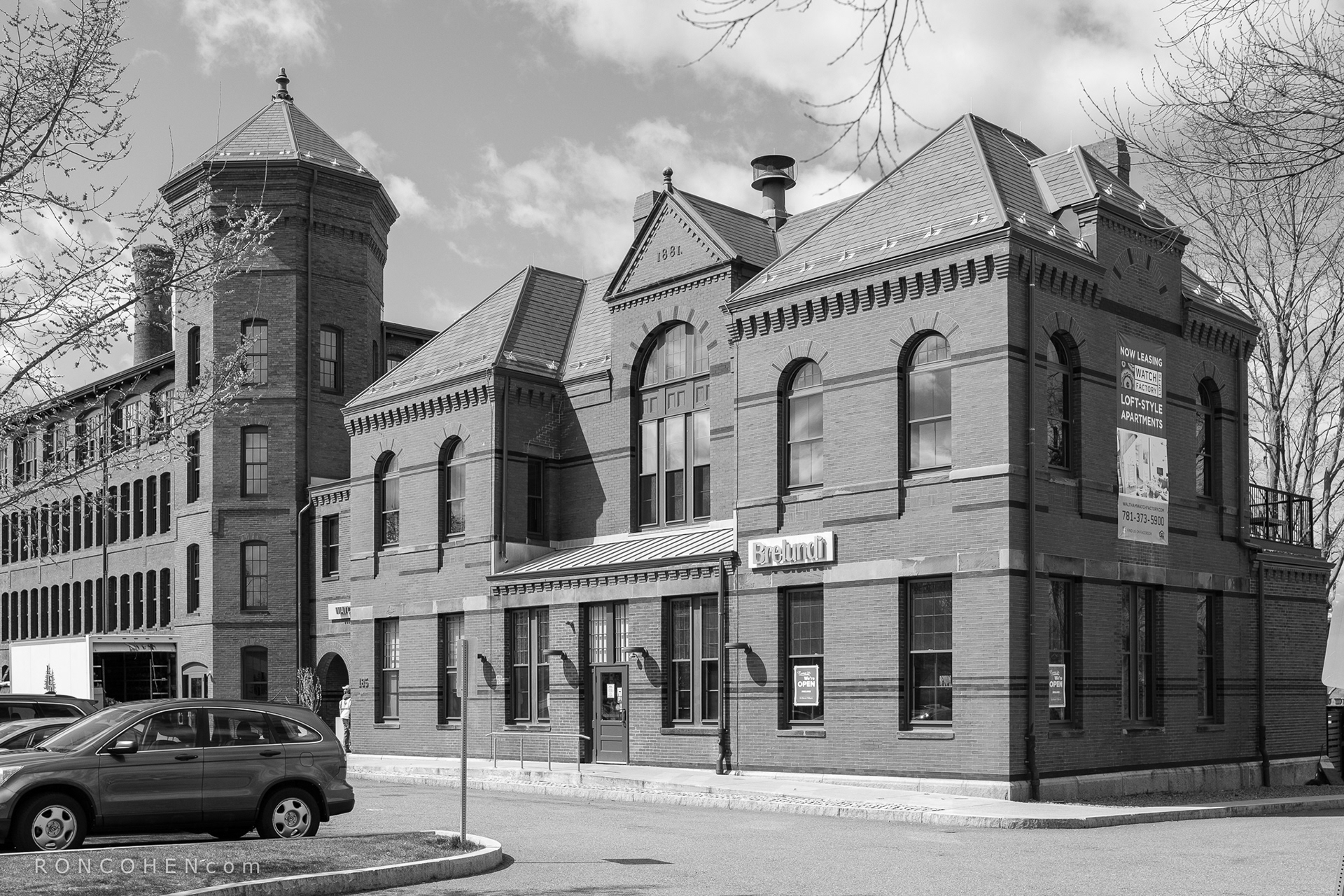
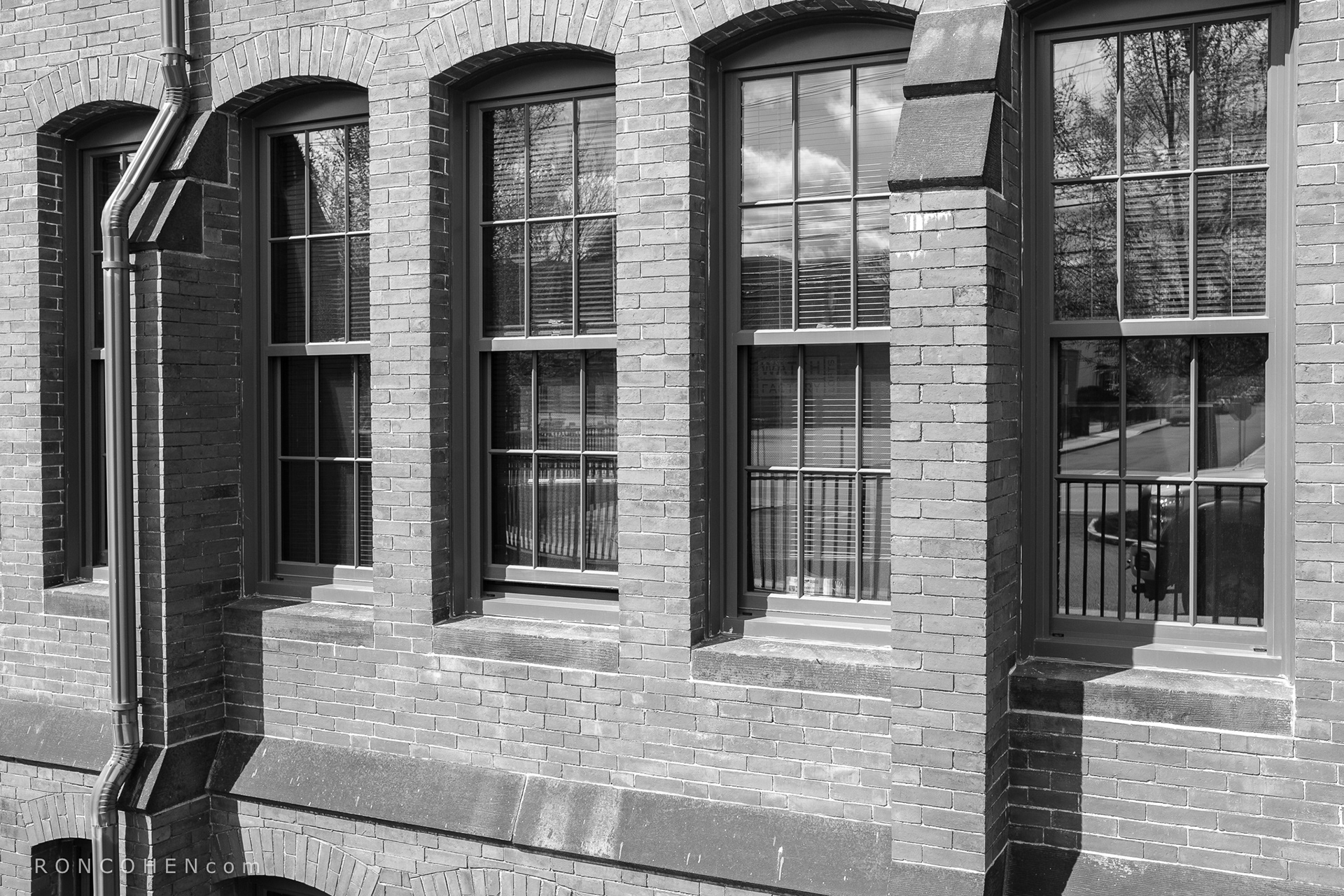
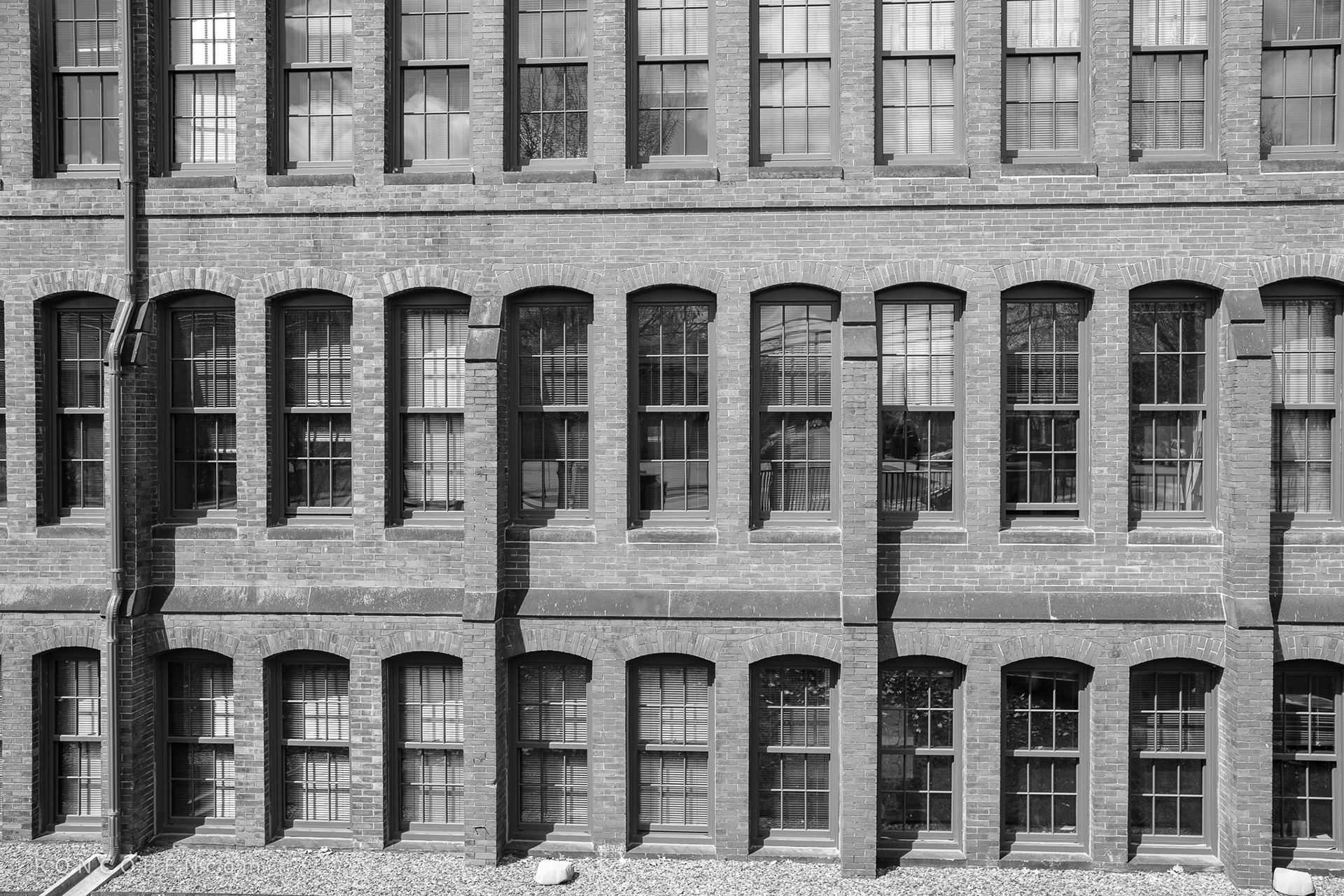
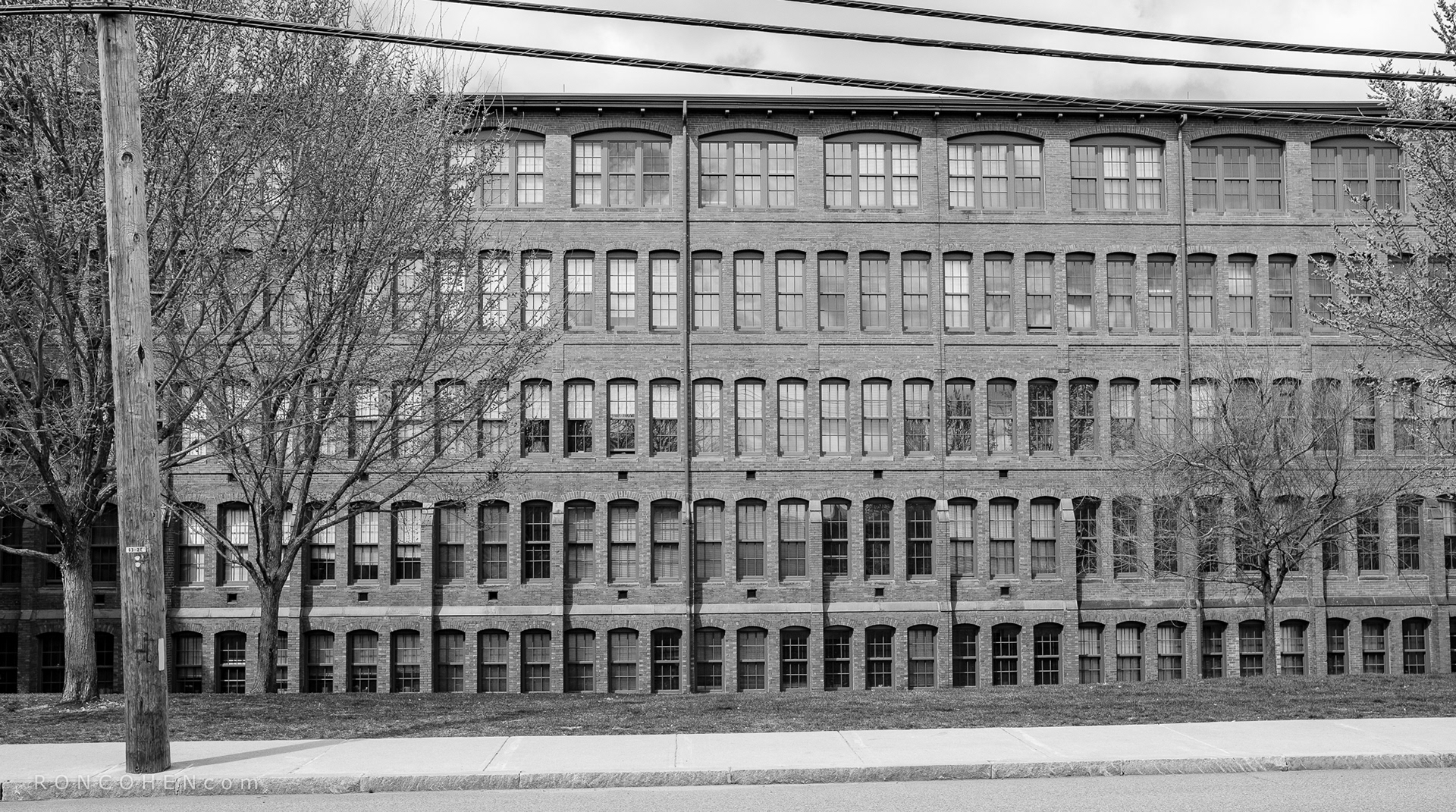

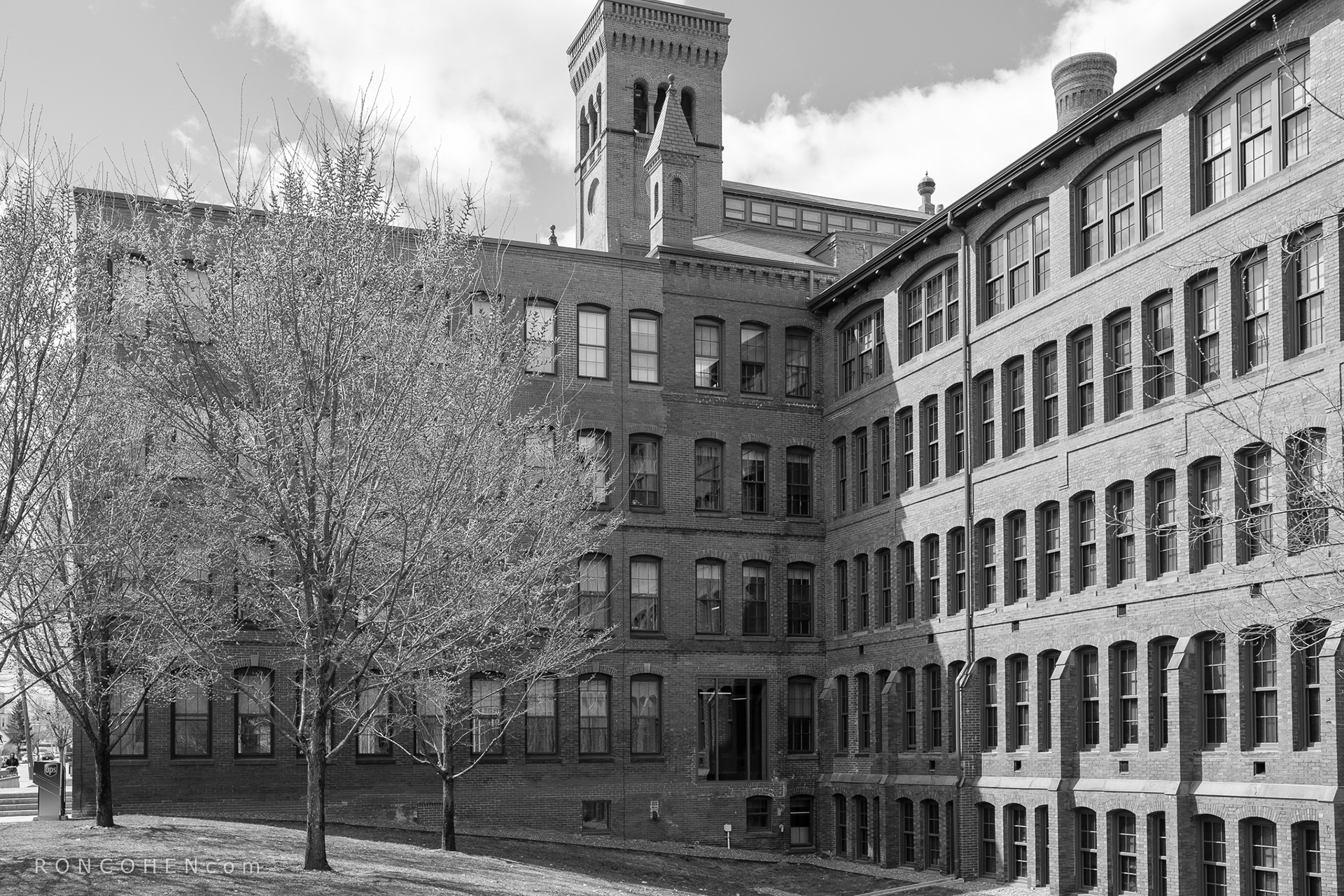
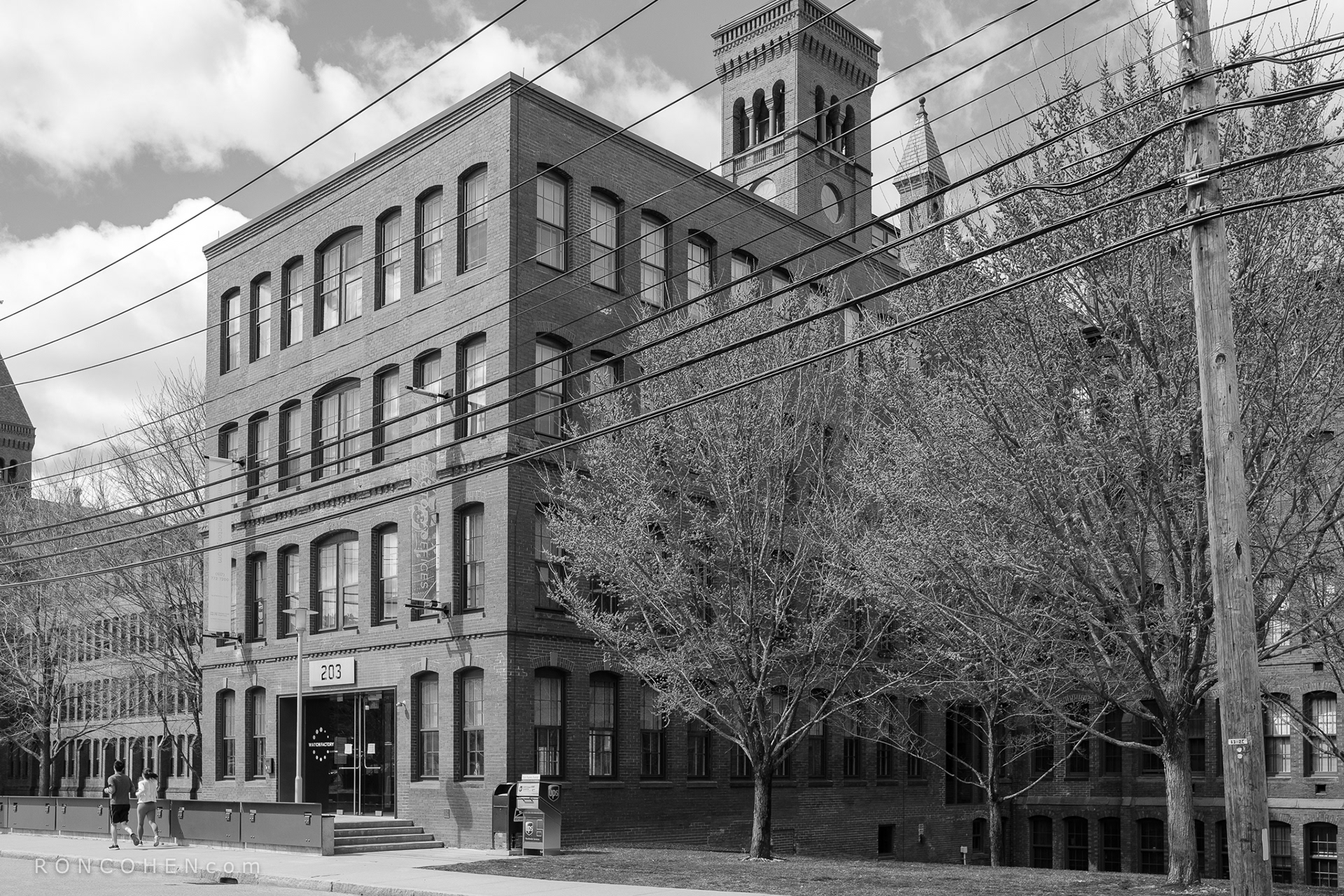
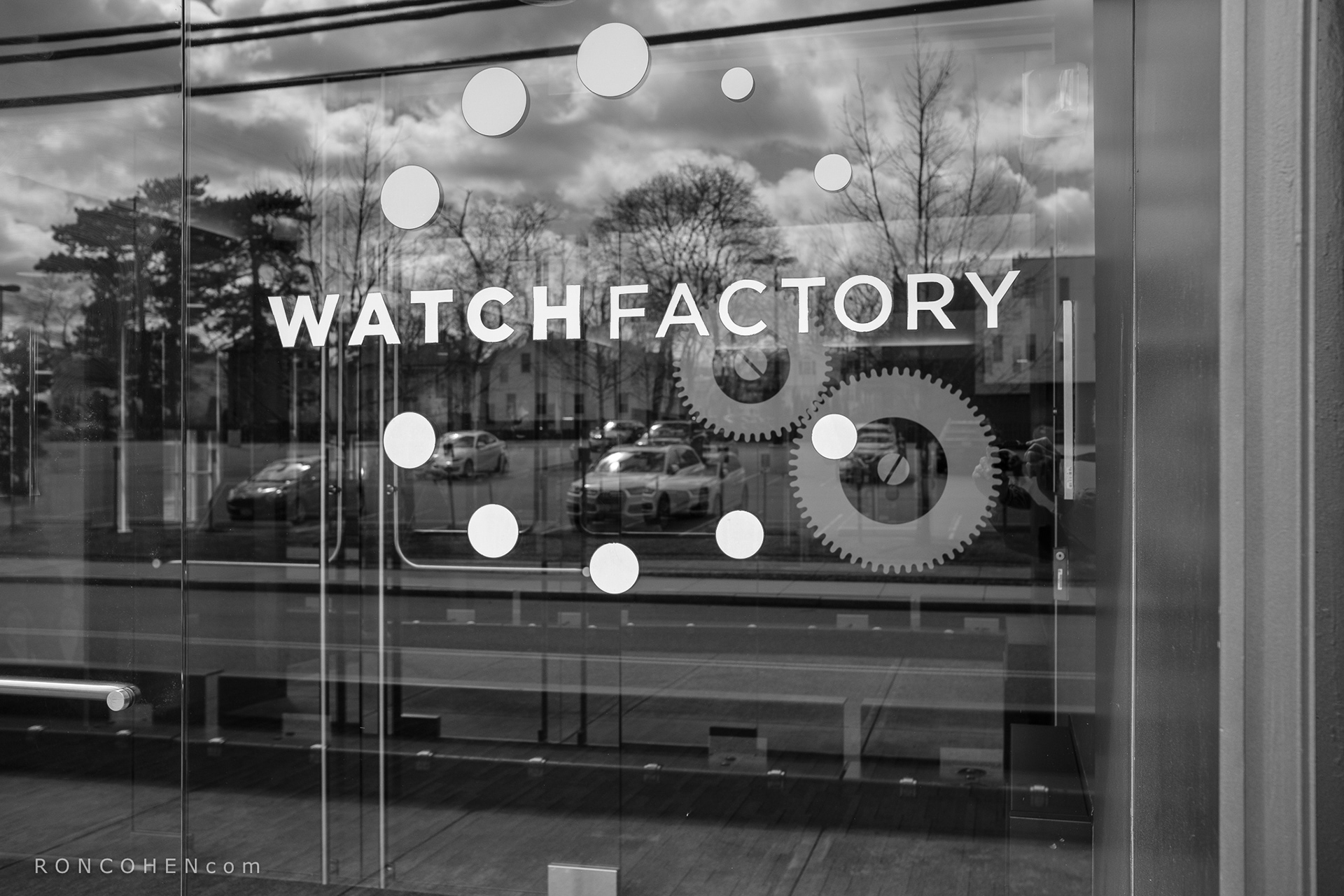

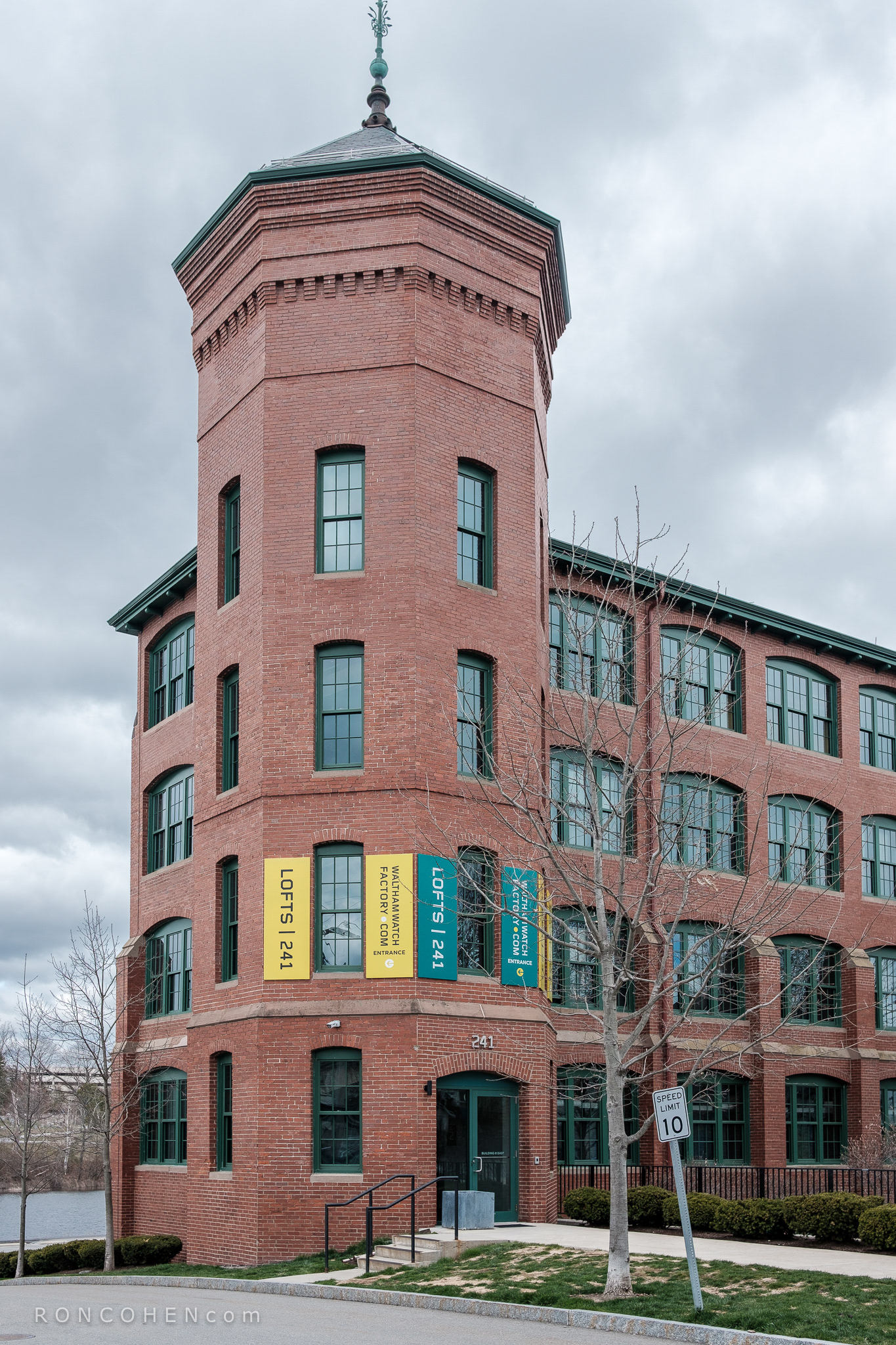
The Waltham Watch Company was the first to mass-produce watches. Using machine tools designed in-house, it made parts of such great precision that they were interchangeable. That was the key to mass-producing not only watches but other precision instruments. According to Wikipedia, between its founding in 1850 and its final closing in 1957, the company produced some "40 million watches, clocks, speedometers, compasses, time fuses, and other precision instruments." At its peak, it produced 2700 watches a day with 3200 employees
The present buildings survive from the period 1879–1913. Now repurposed to loft apartments, the complex was listed in 1989 on the National Register of Historic Places. It is often cited as a fine example of industrial Romanesque architecture, with its towers, turrets, finials, roof treatments and segmented-arch window openings. The complex is protected under the American Waltham Watch Company Historic District.
I visited the Watch Factory on two days at the end of March and beginning of April hoping to get some simple, walk-about photos, some small vignettes of a great historic site. But mission-creep set in, and the project mushroomed far beyond my original intent. I made my first visit in the afternoon, focusing on the sunny west side of the complex along the Charles River. I went a second time, in the morning, hoping to shoot a brightly sunlit east side, but fast-moving gray clouds cut short that trip.
The project is divided into two sets of photos, representing those two days. In both cases, the photos are displayed in geographic order, starting at the northeast corner of the complex, and proceeding in a clockwise direction. There are some great views to be had from a distance, especially of the elaborate roof architecture, but they were beyond my scope. I was happy simply to find a challenging subject accessible from the ground, and one that didn’t require close contact with other people—alas!

